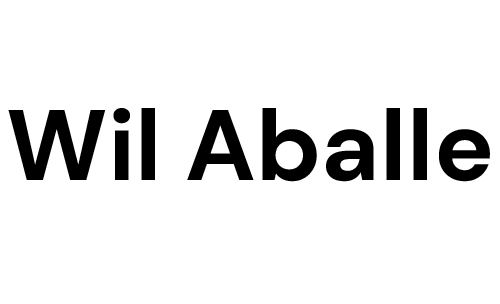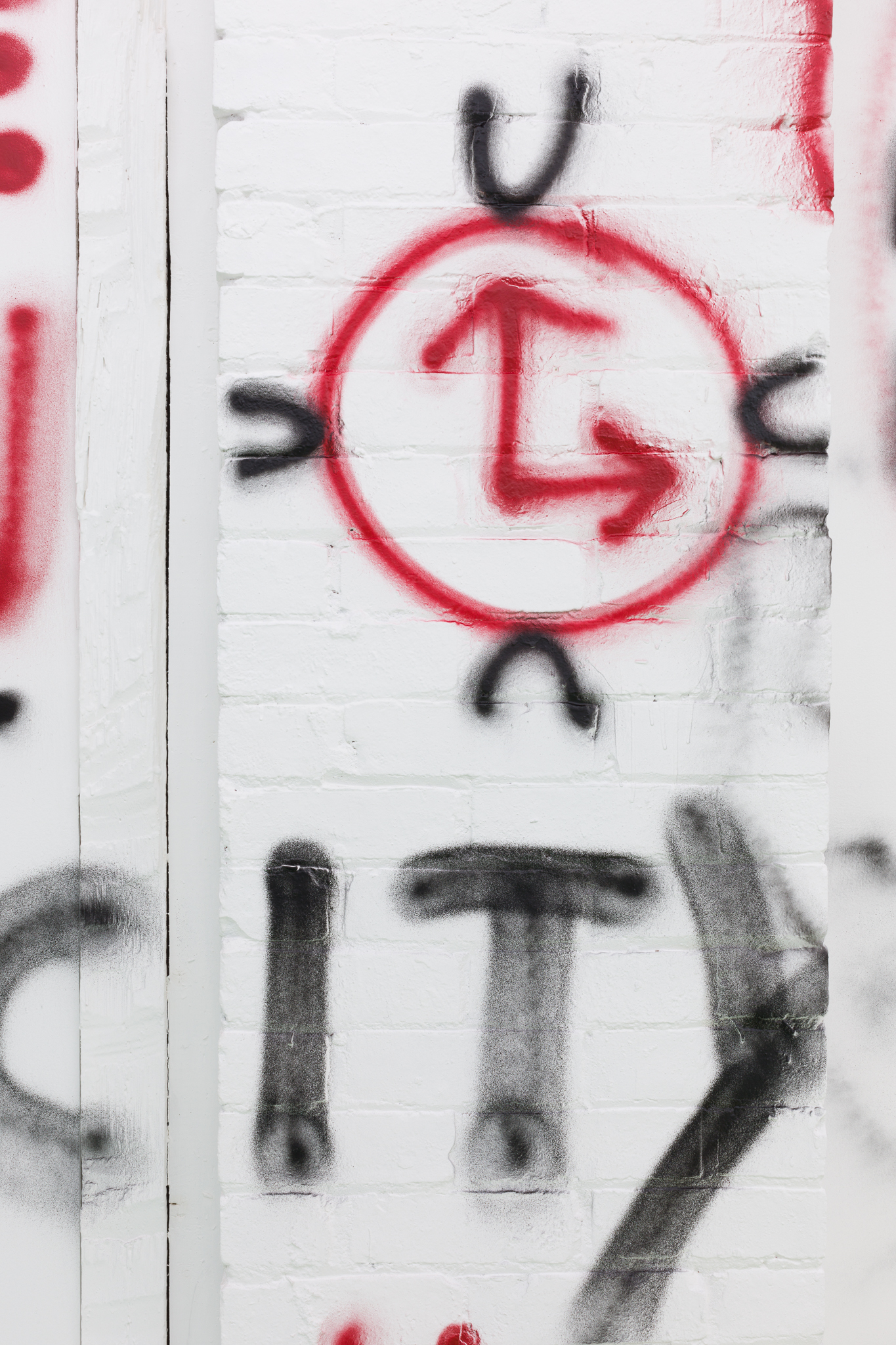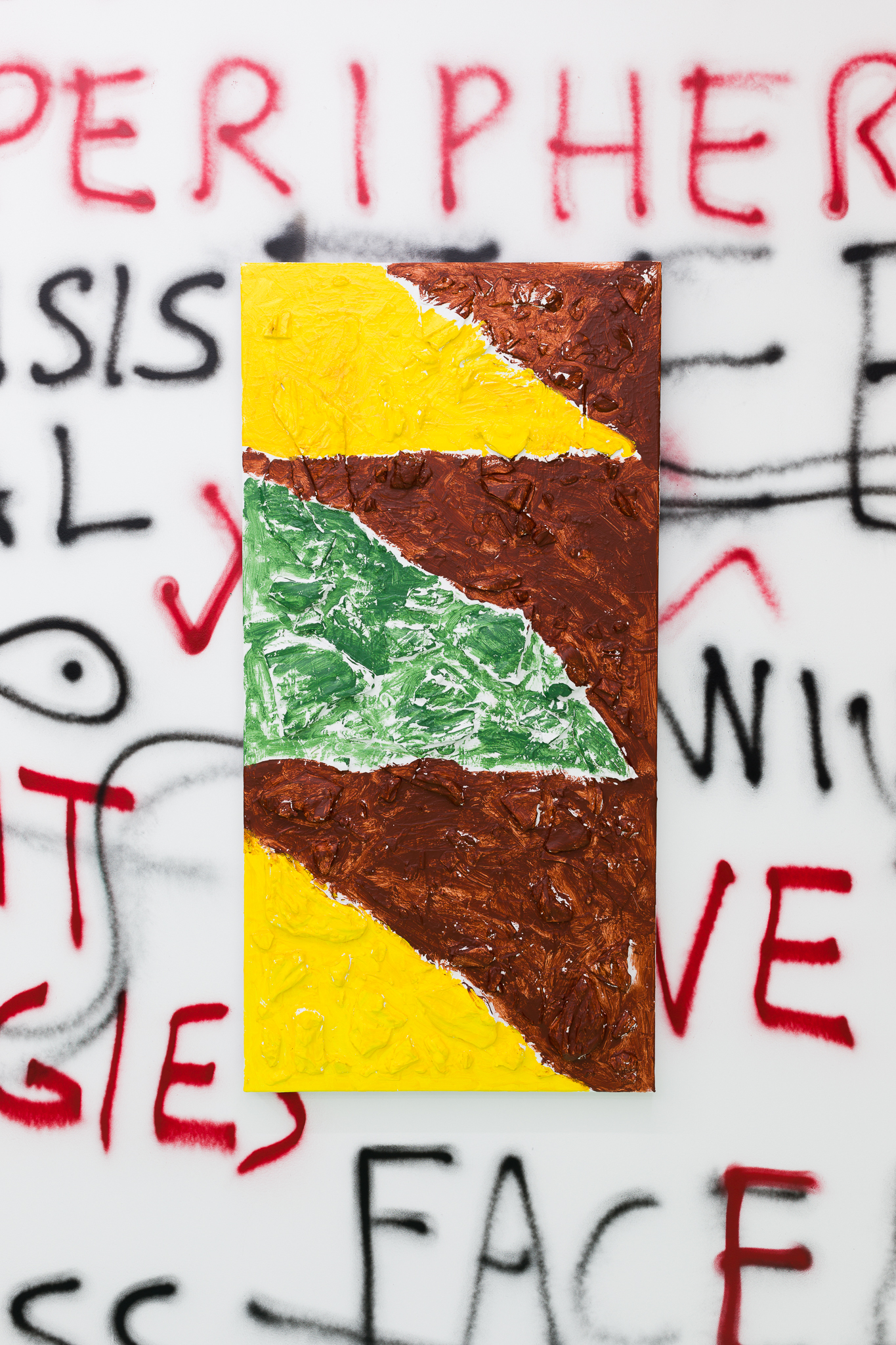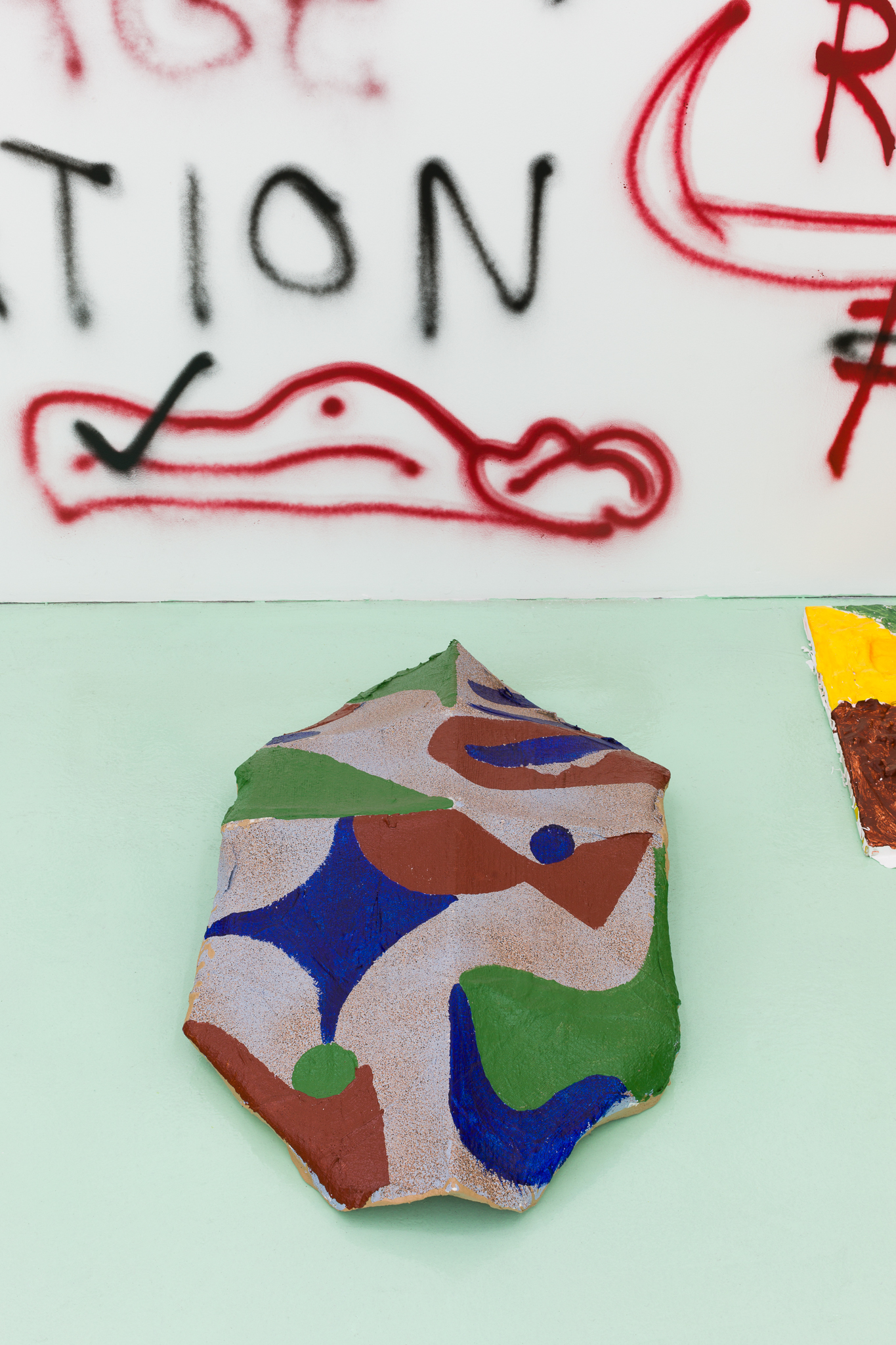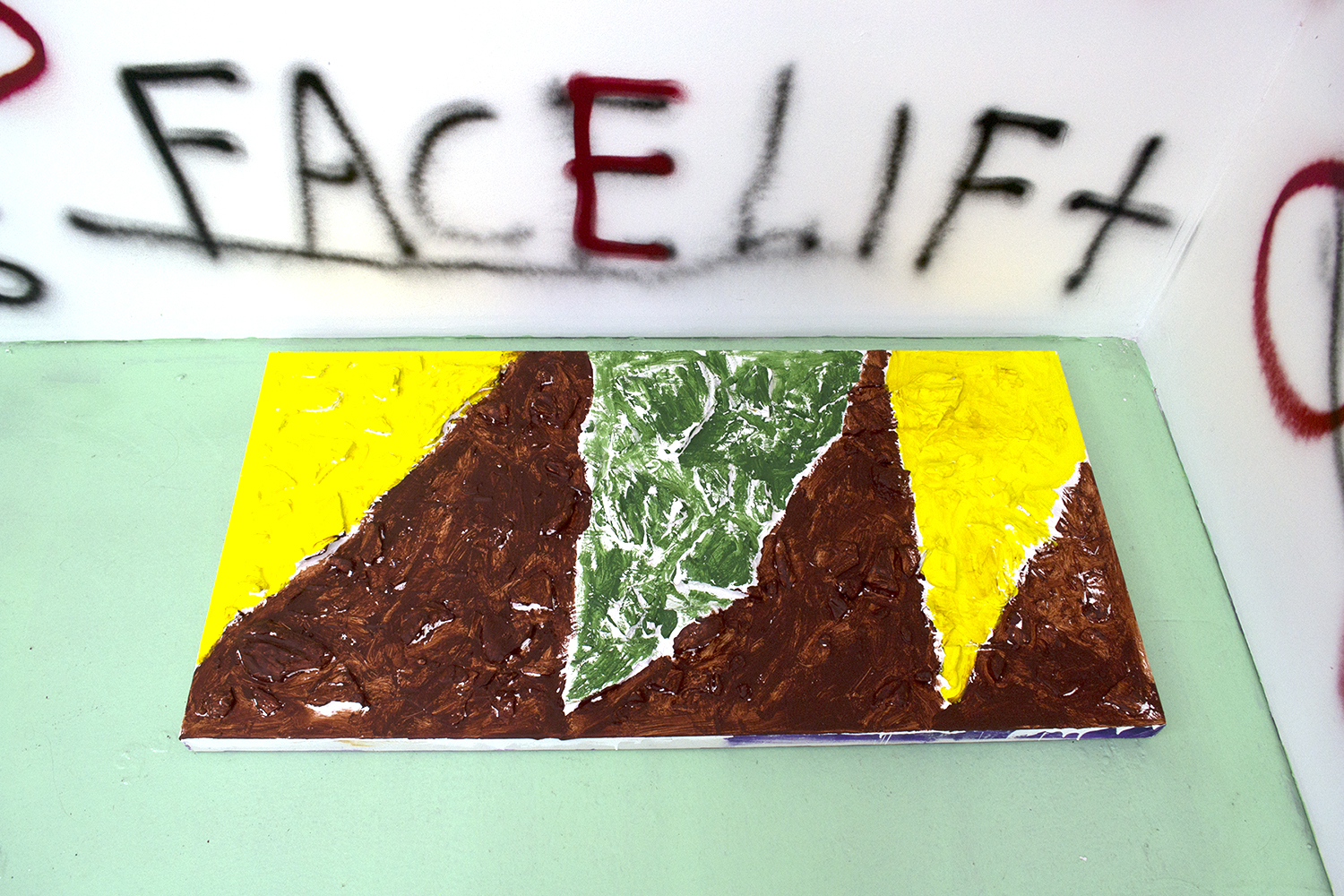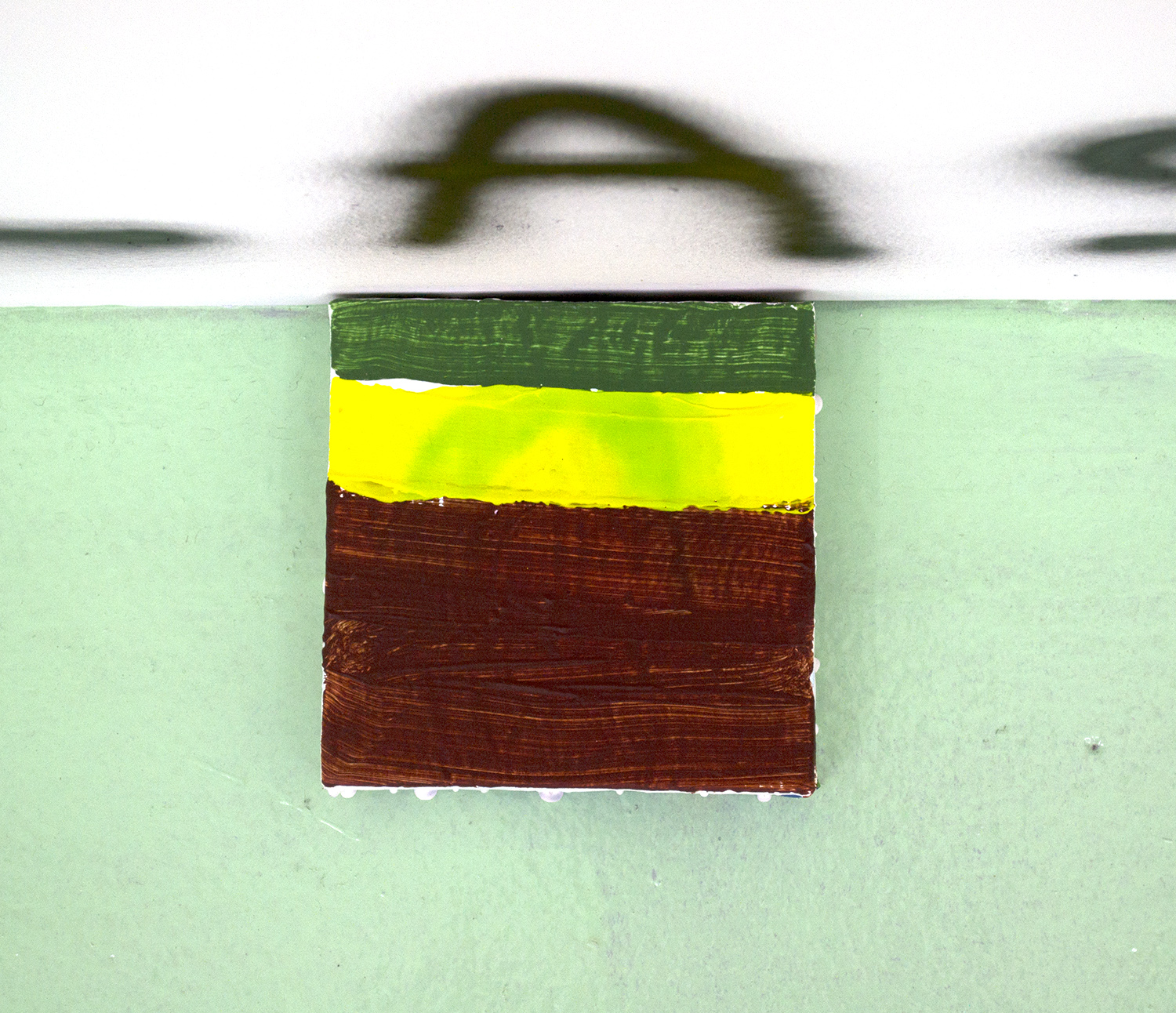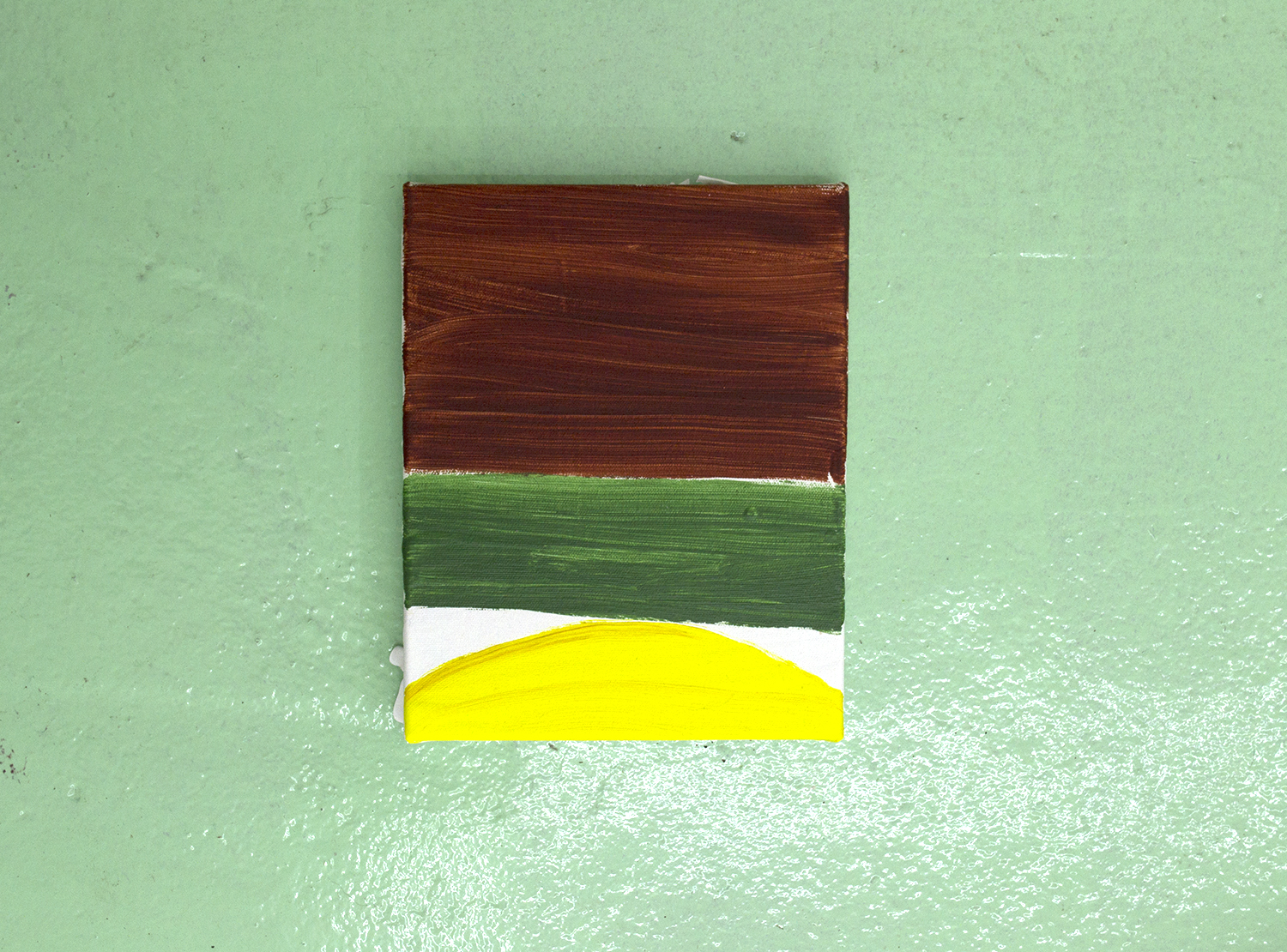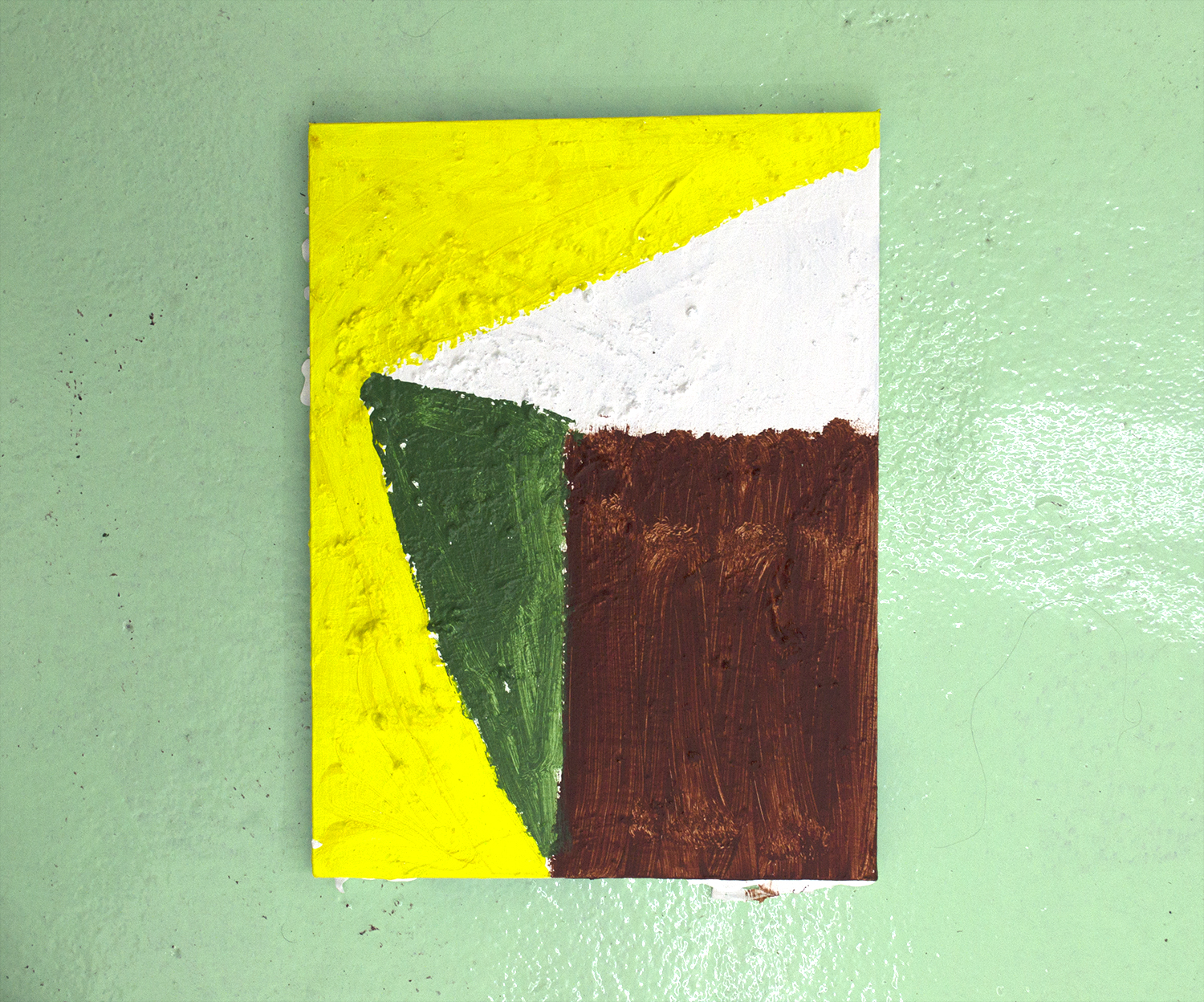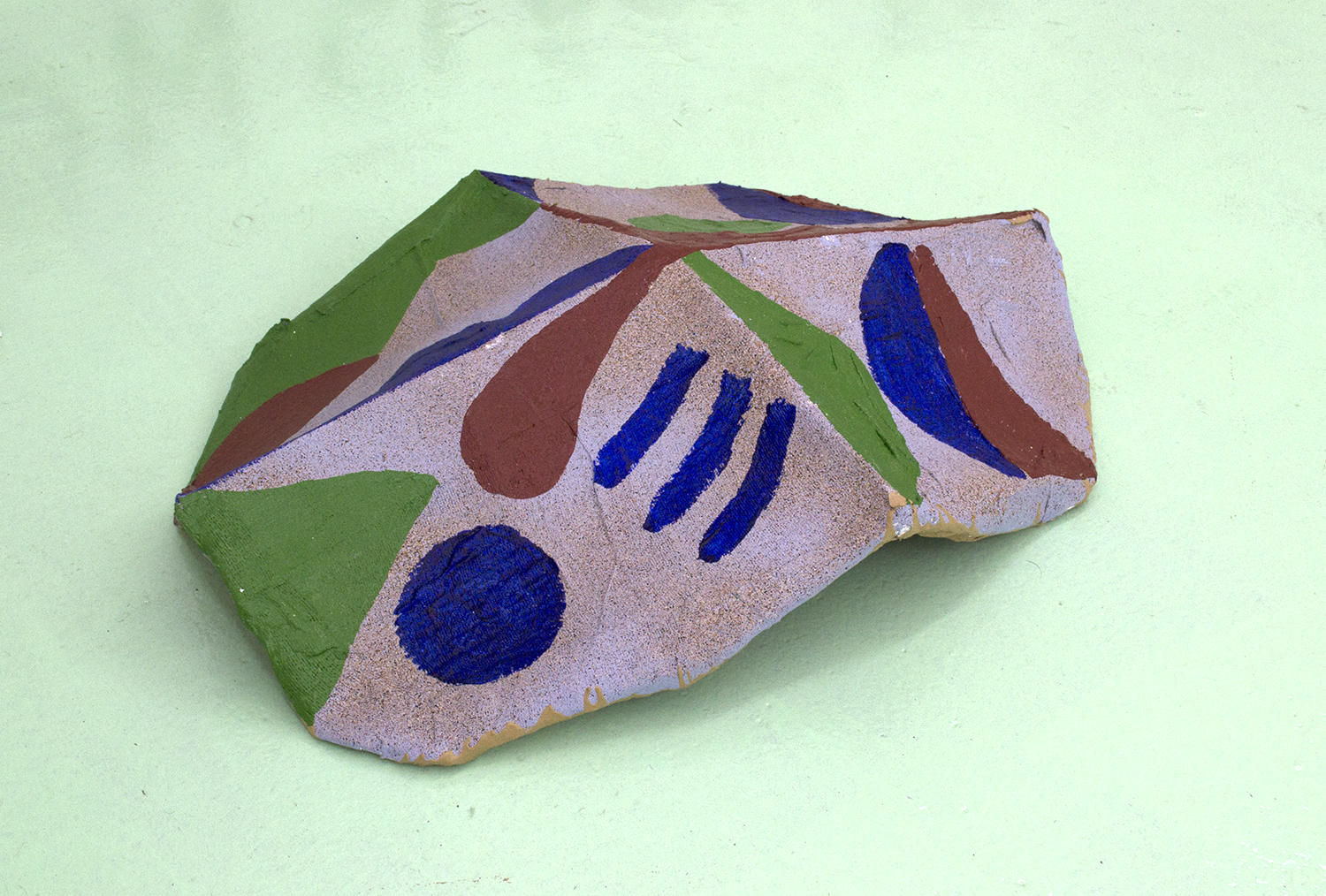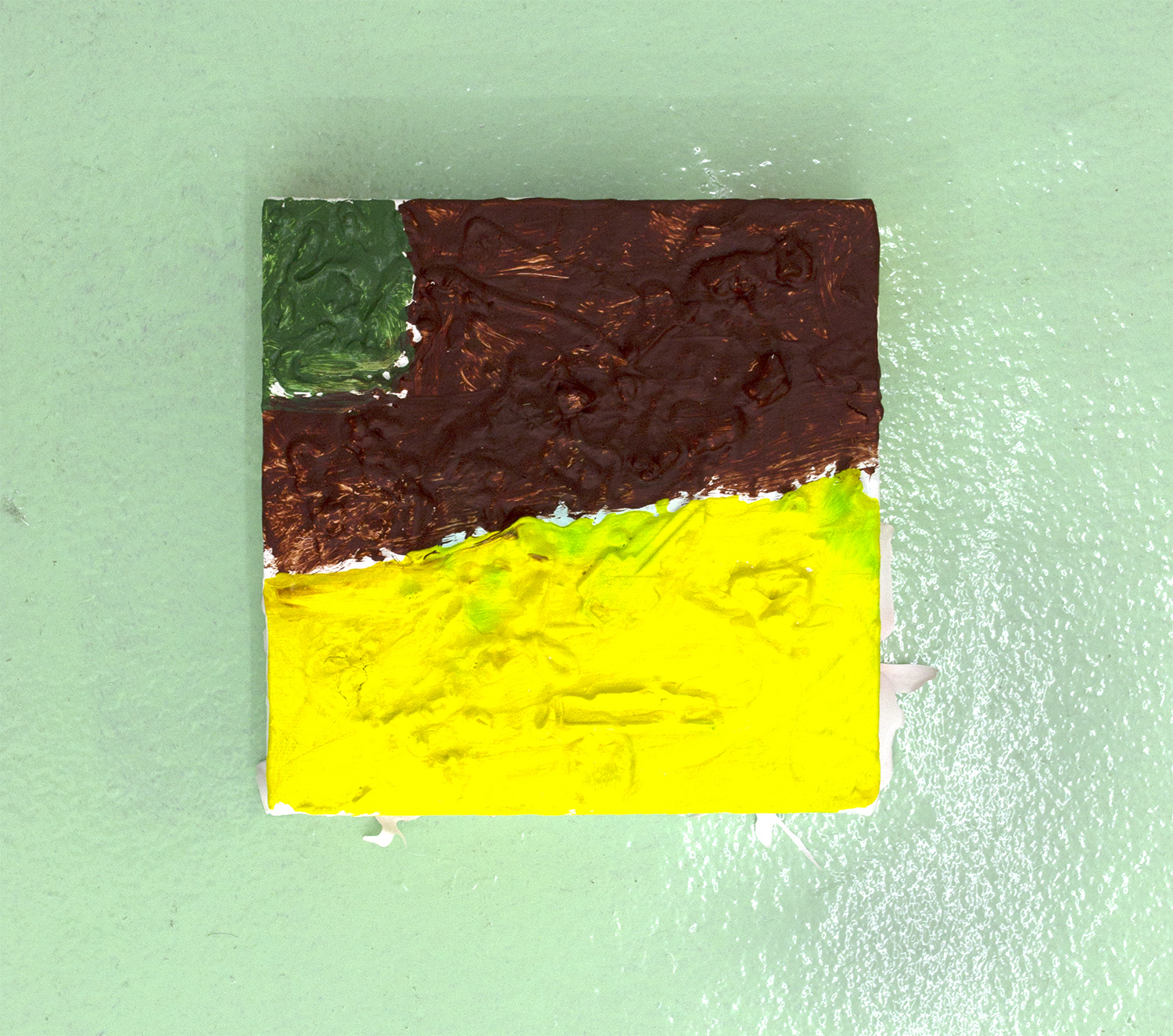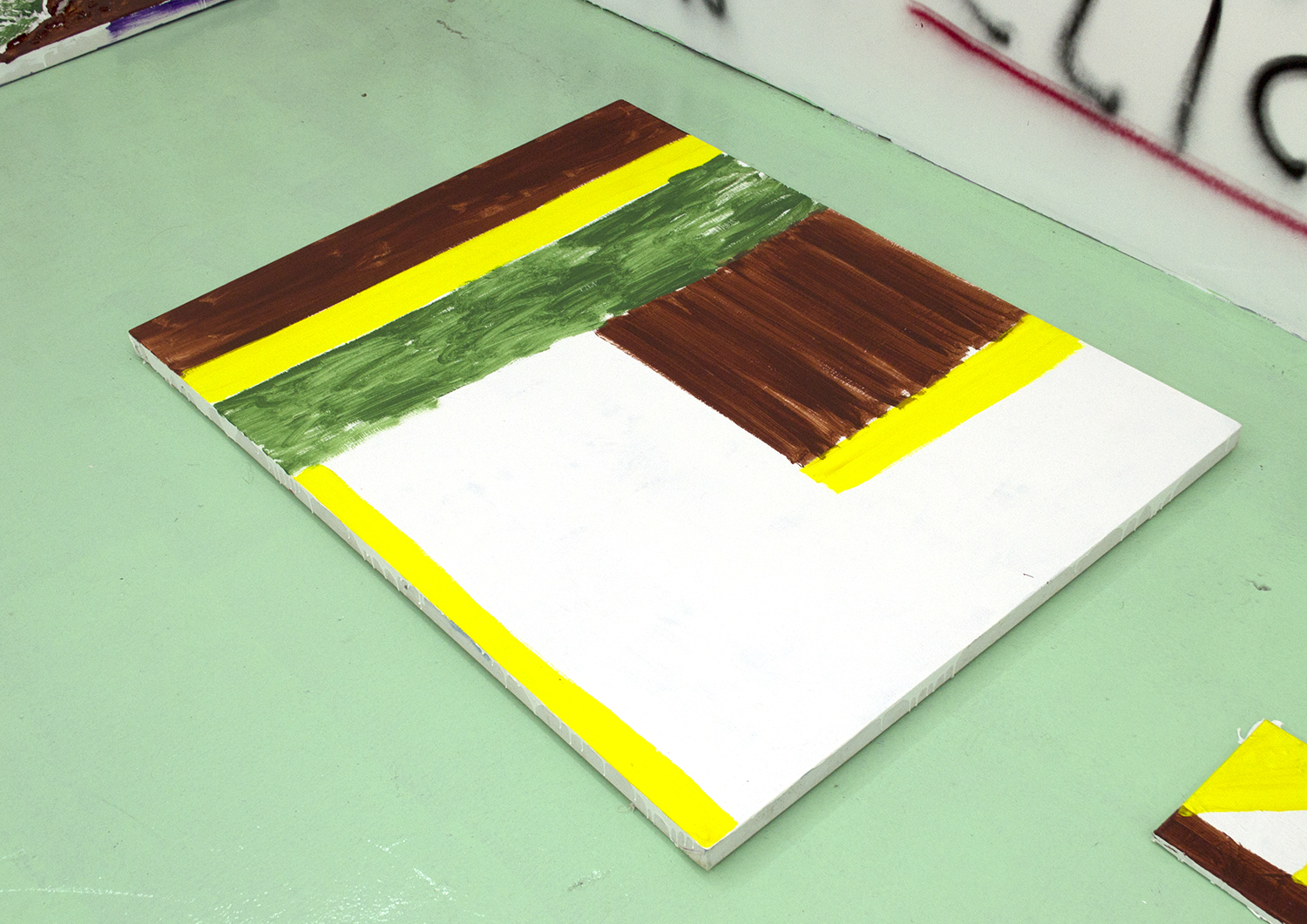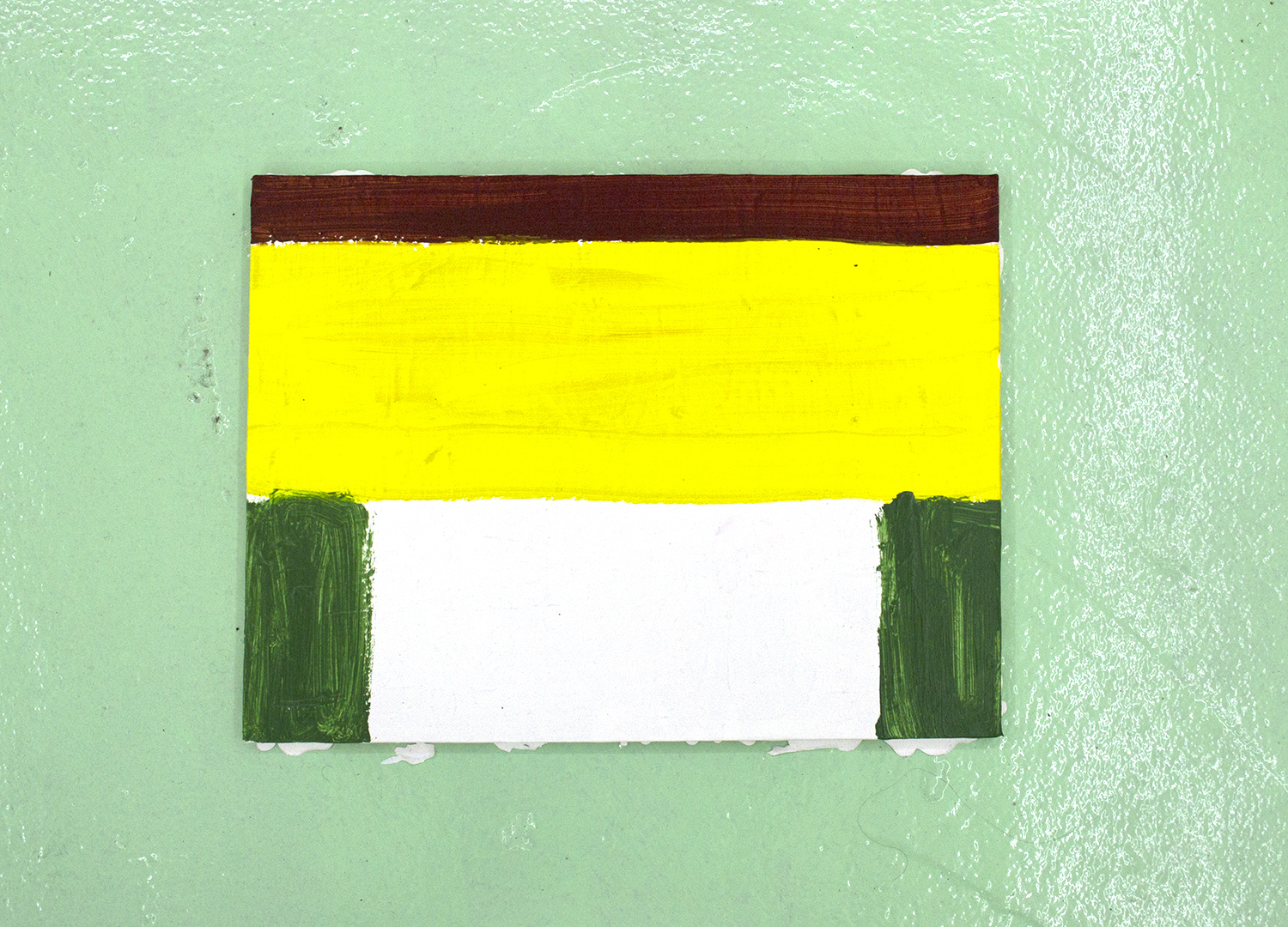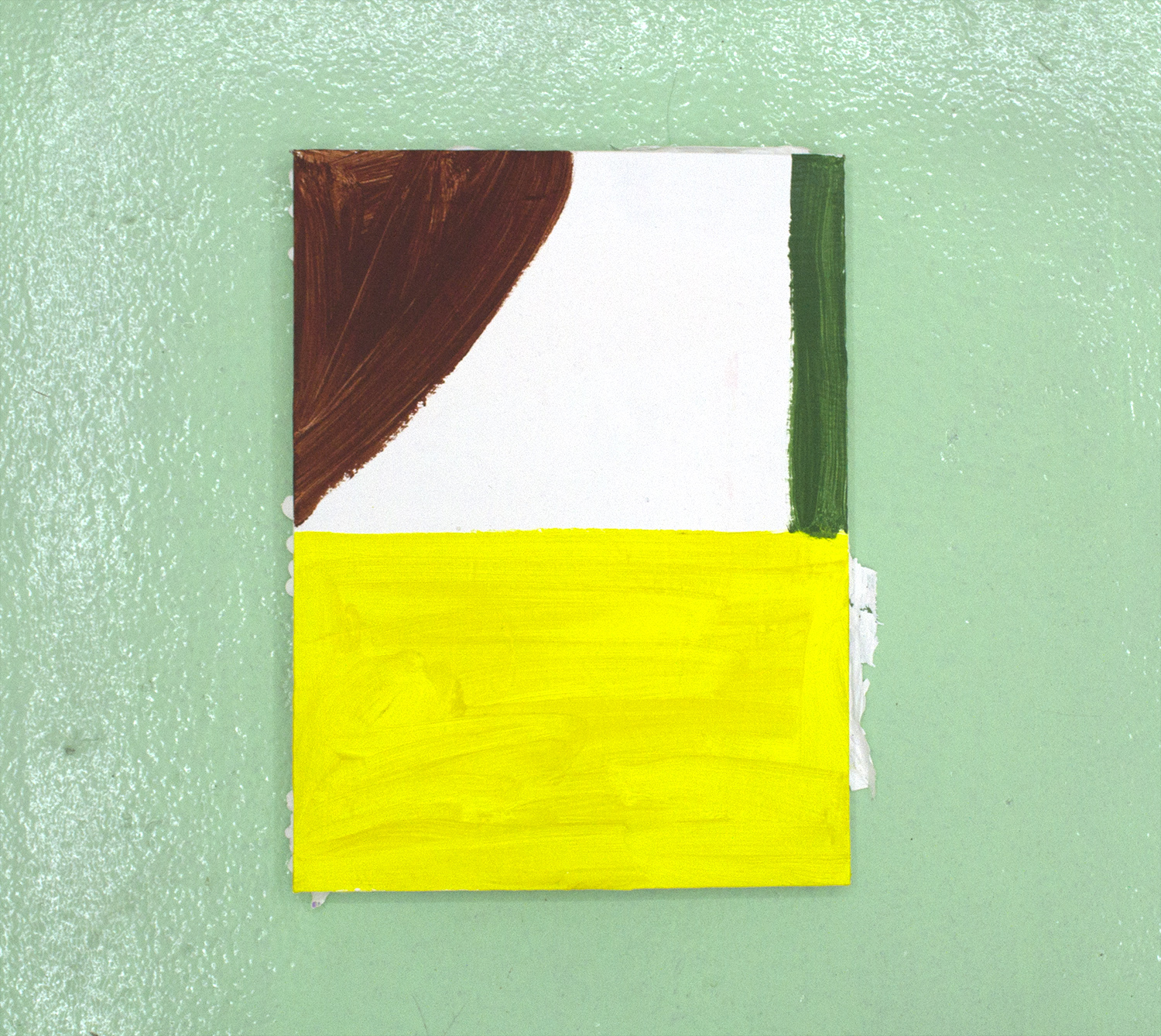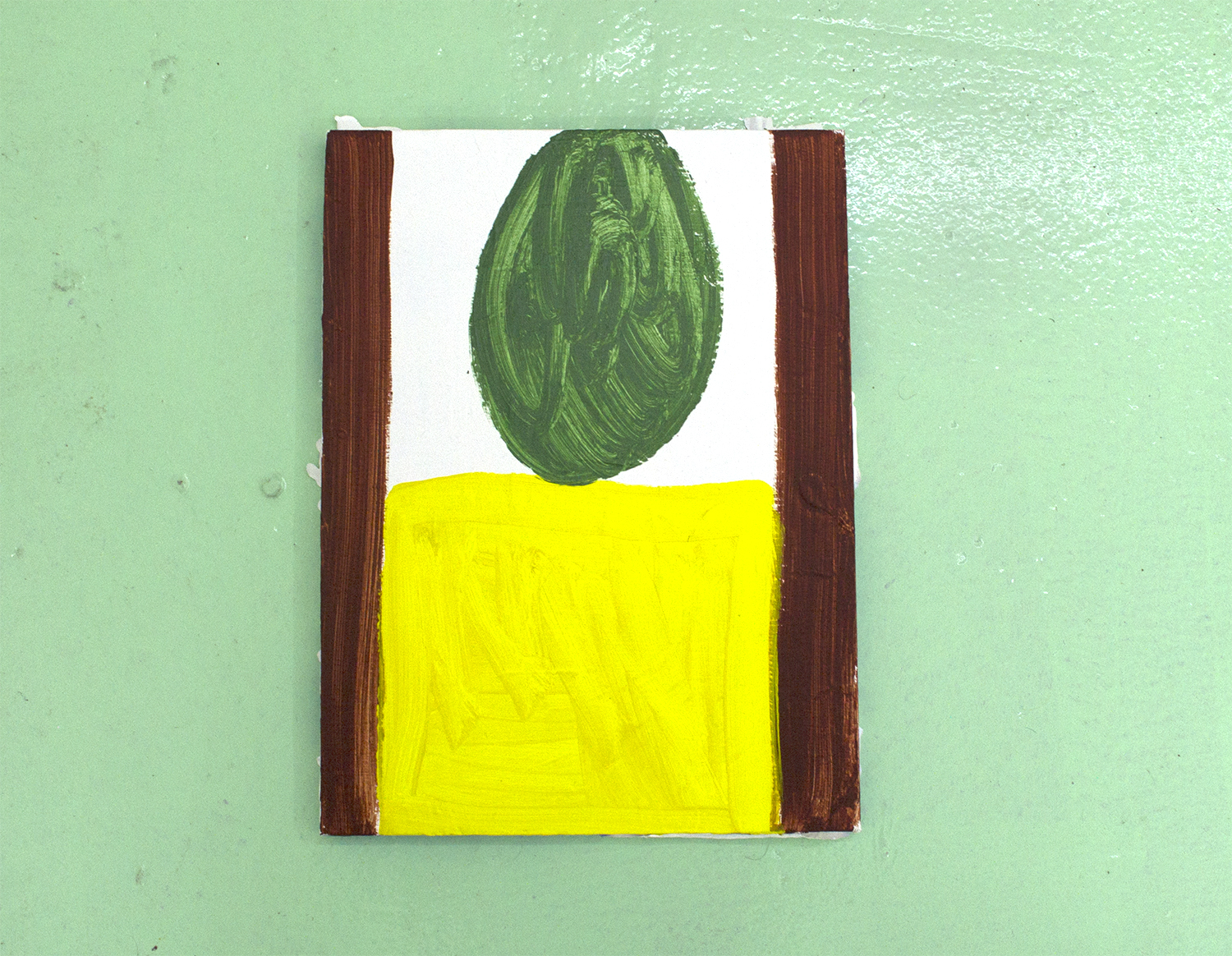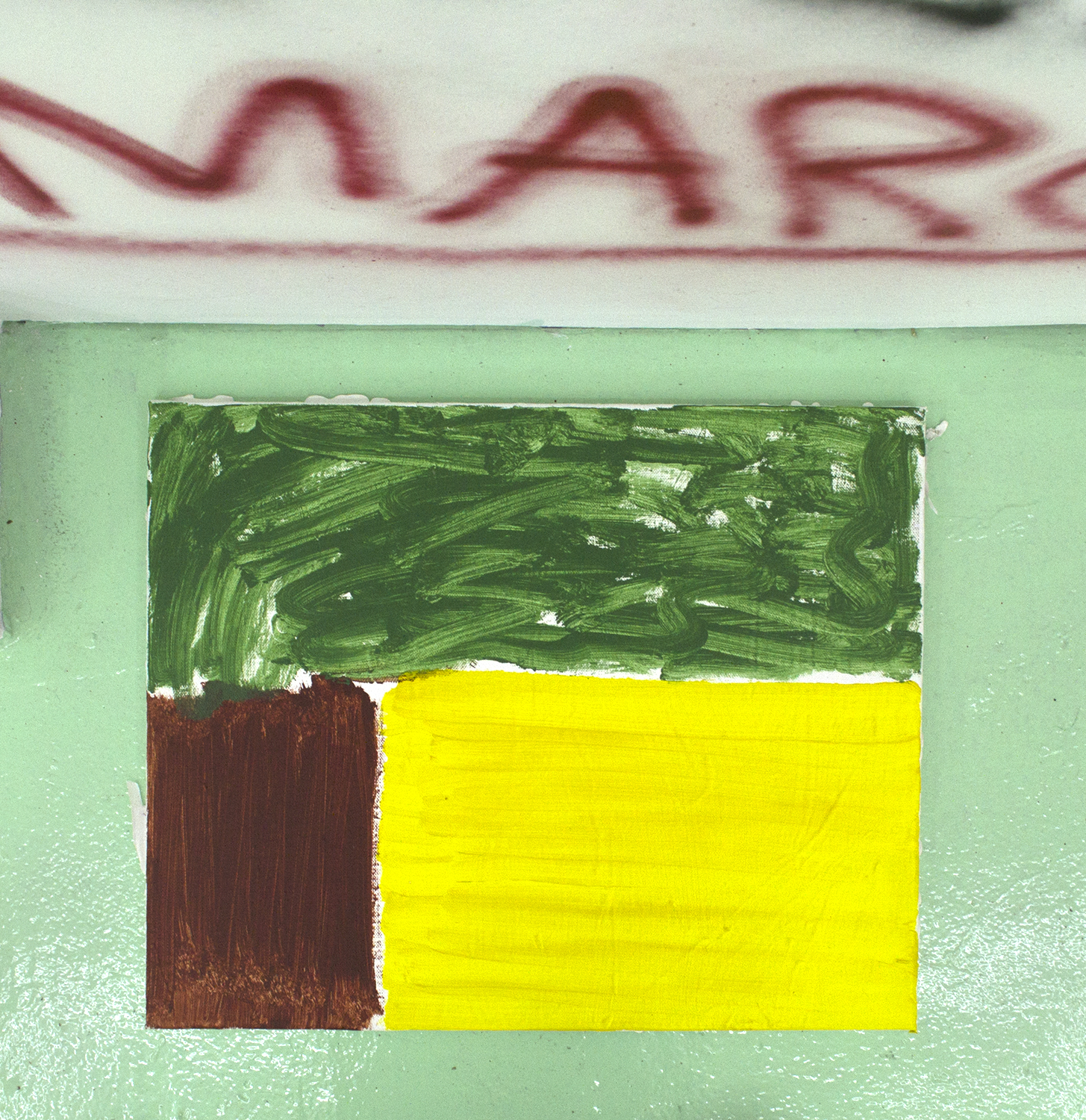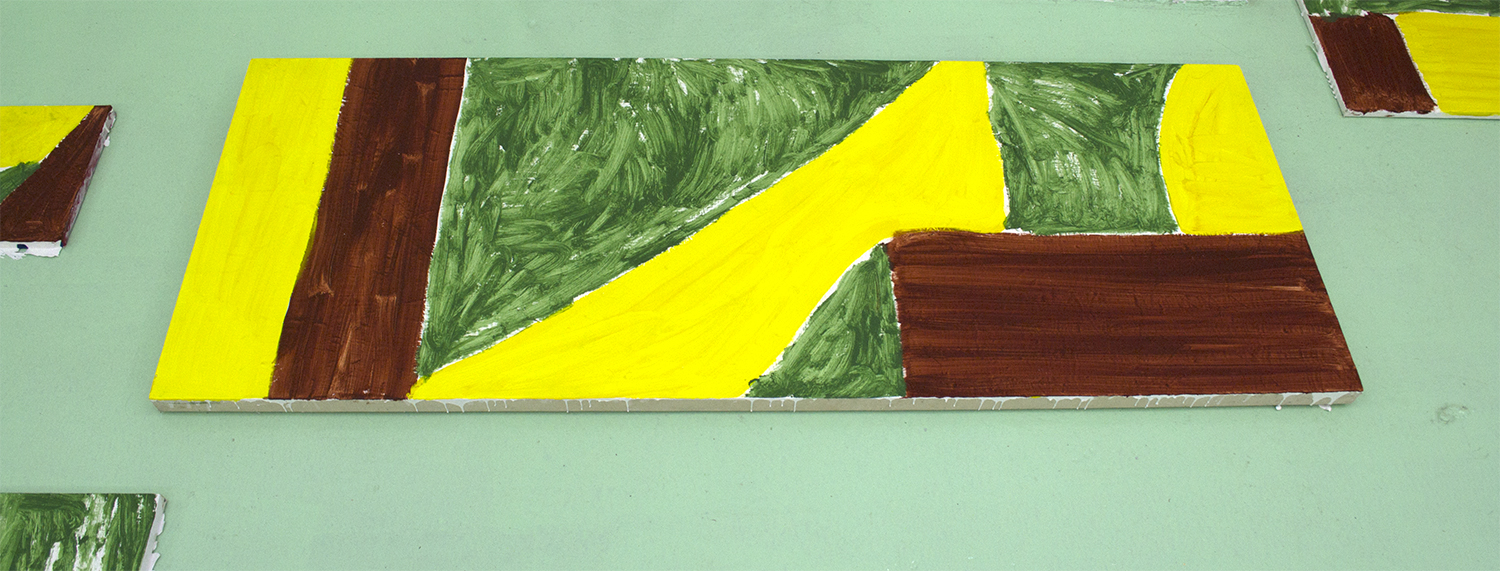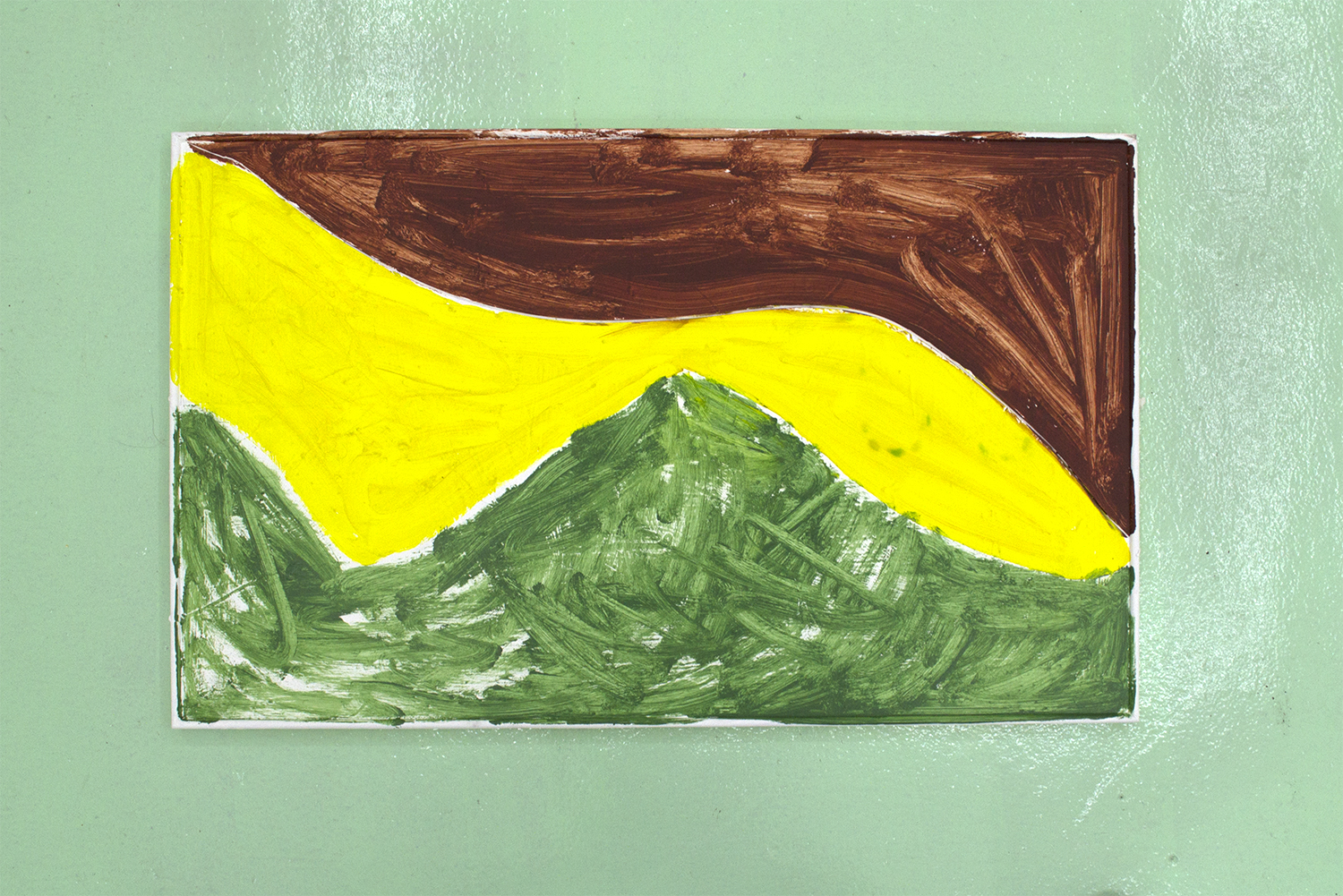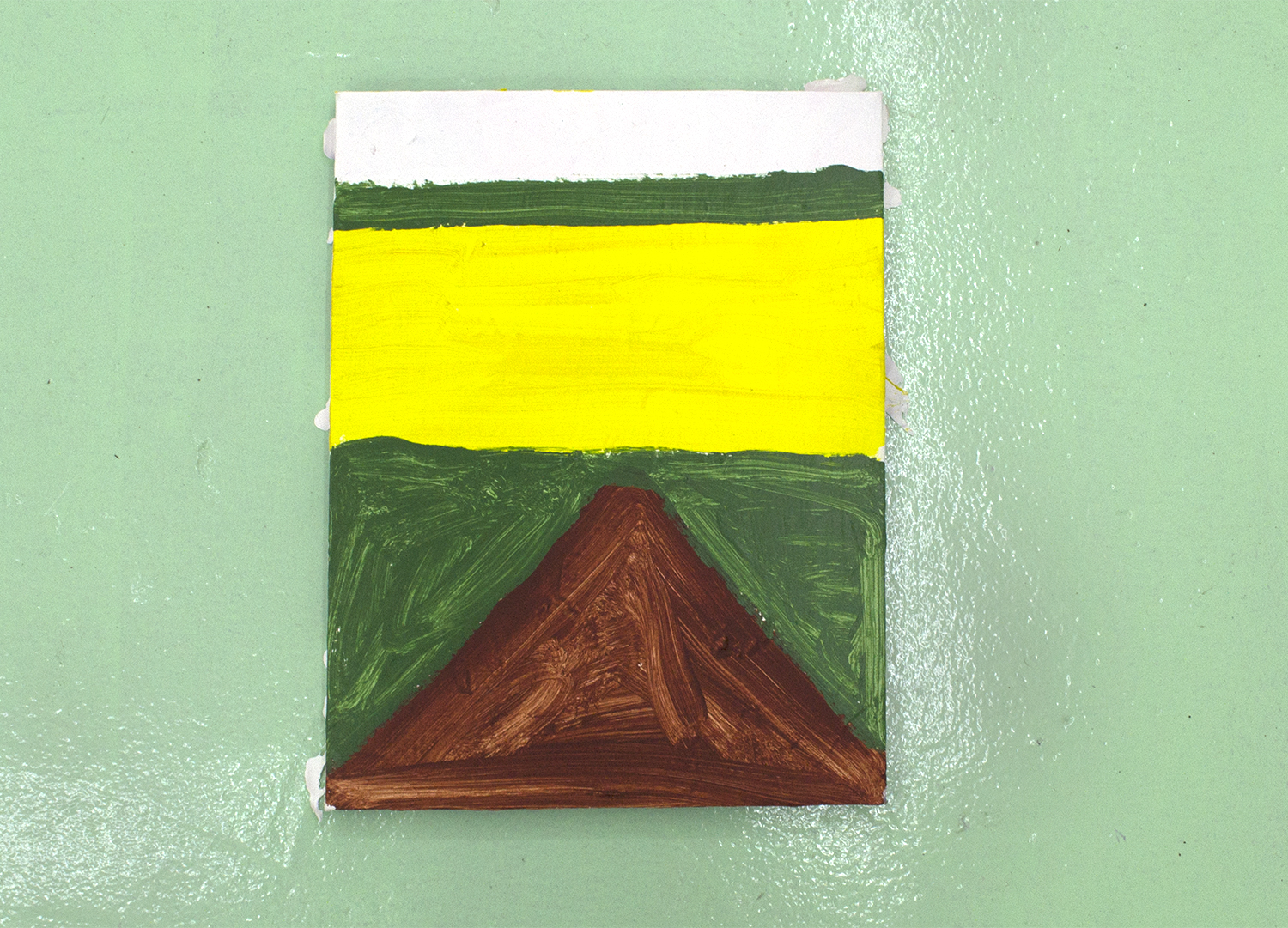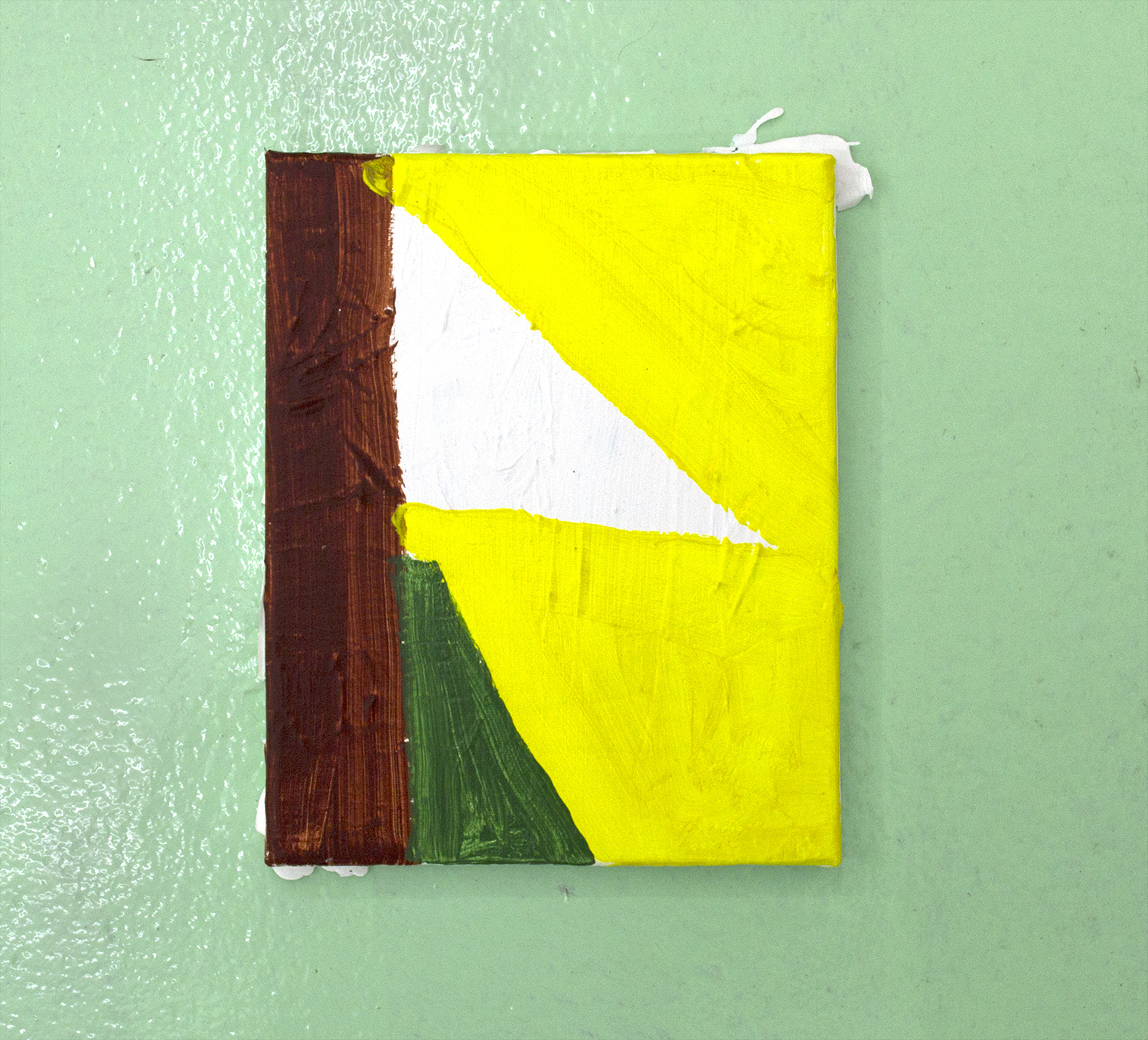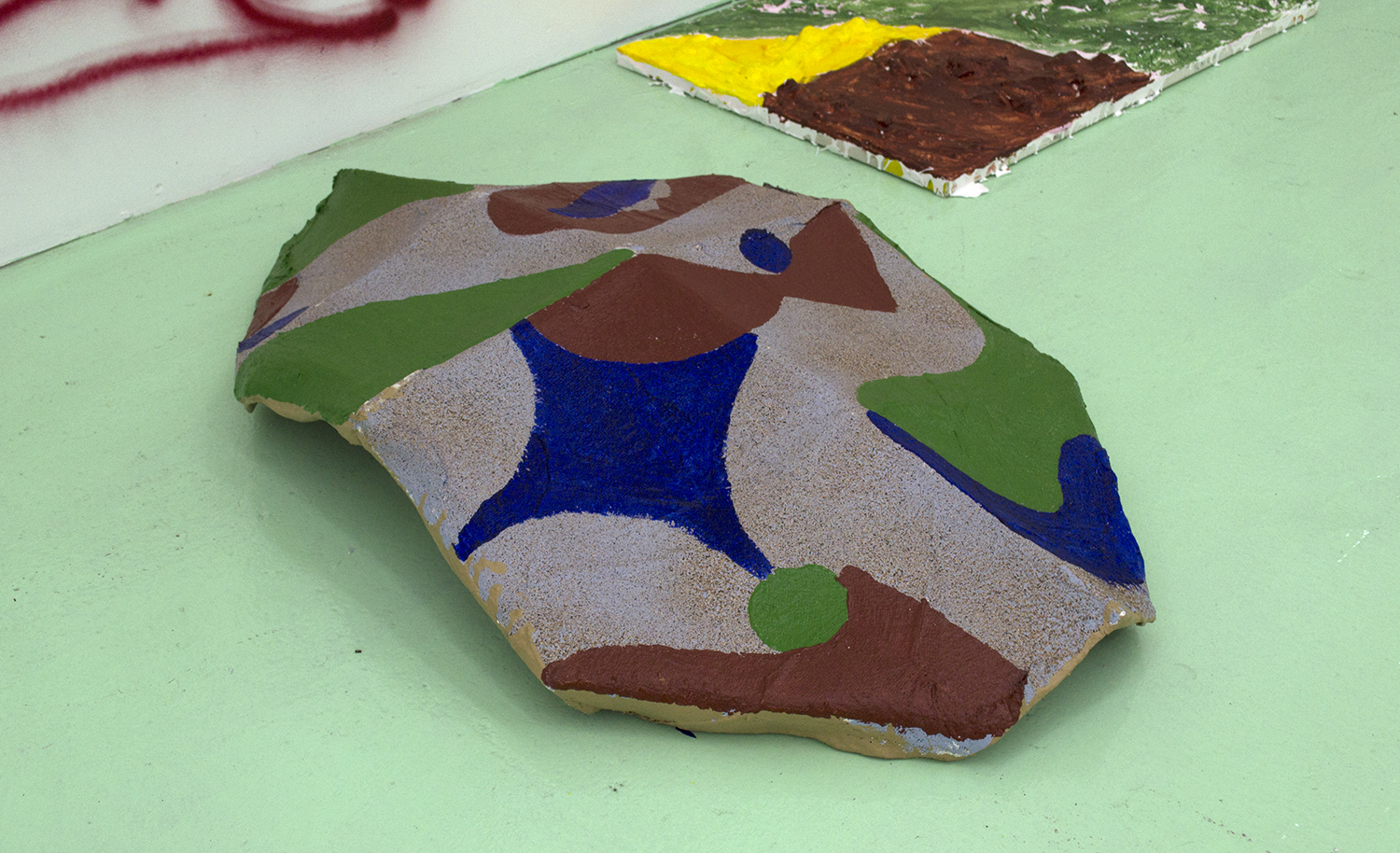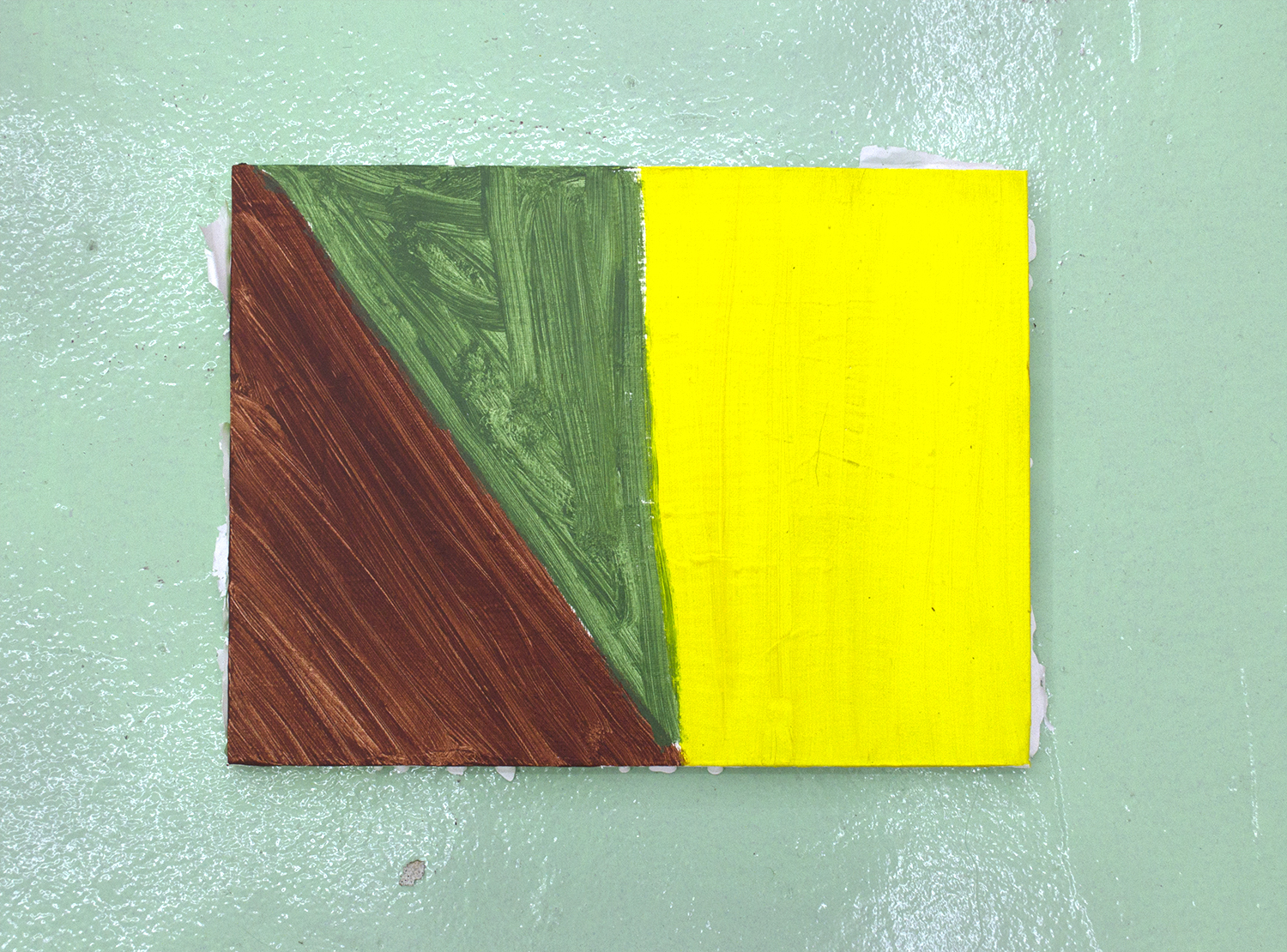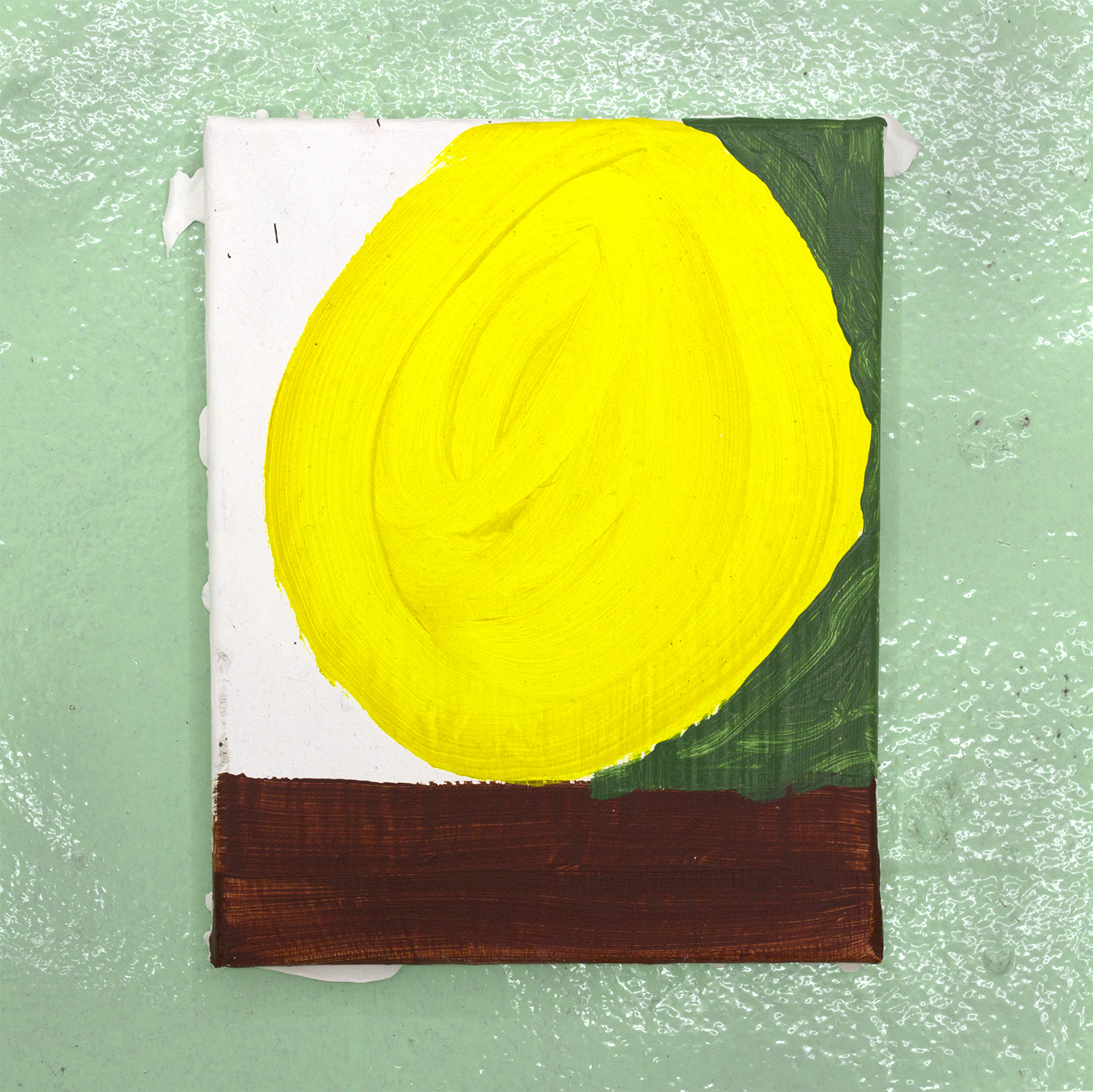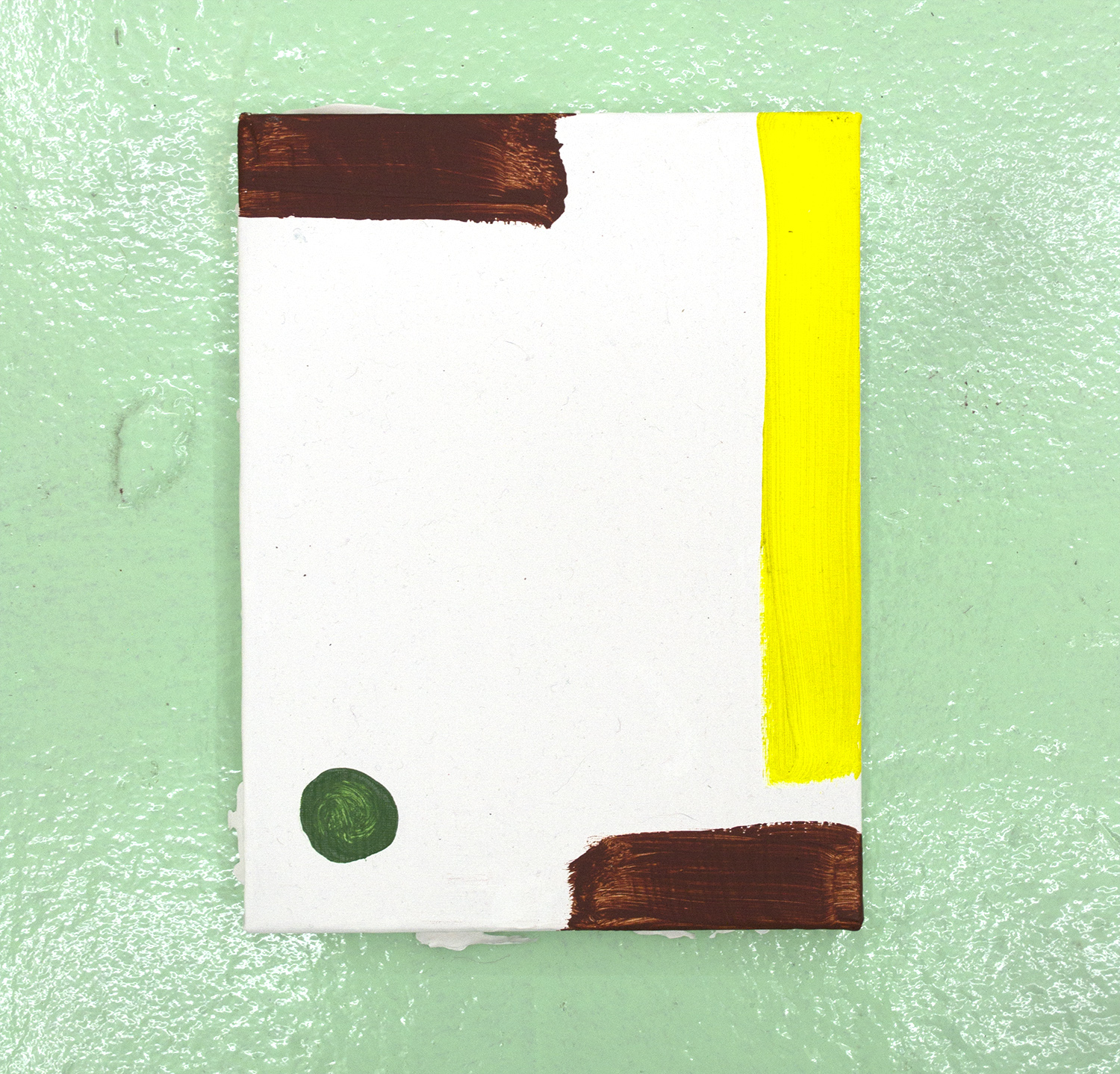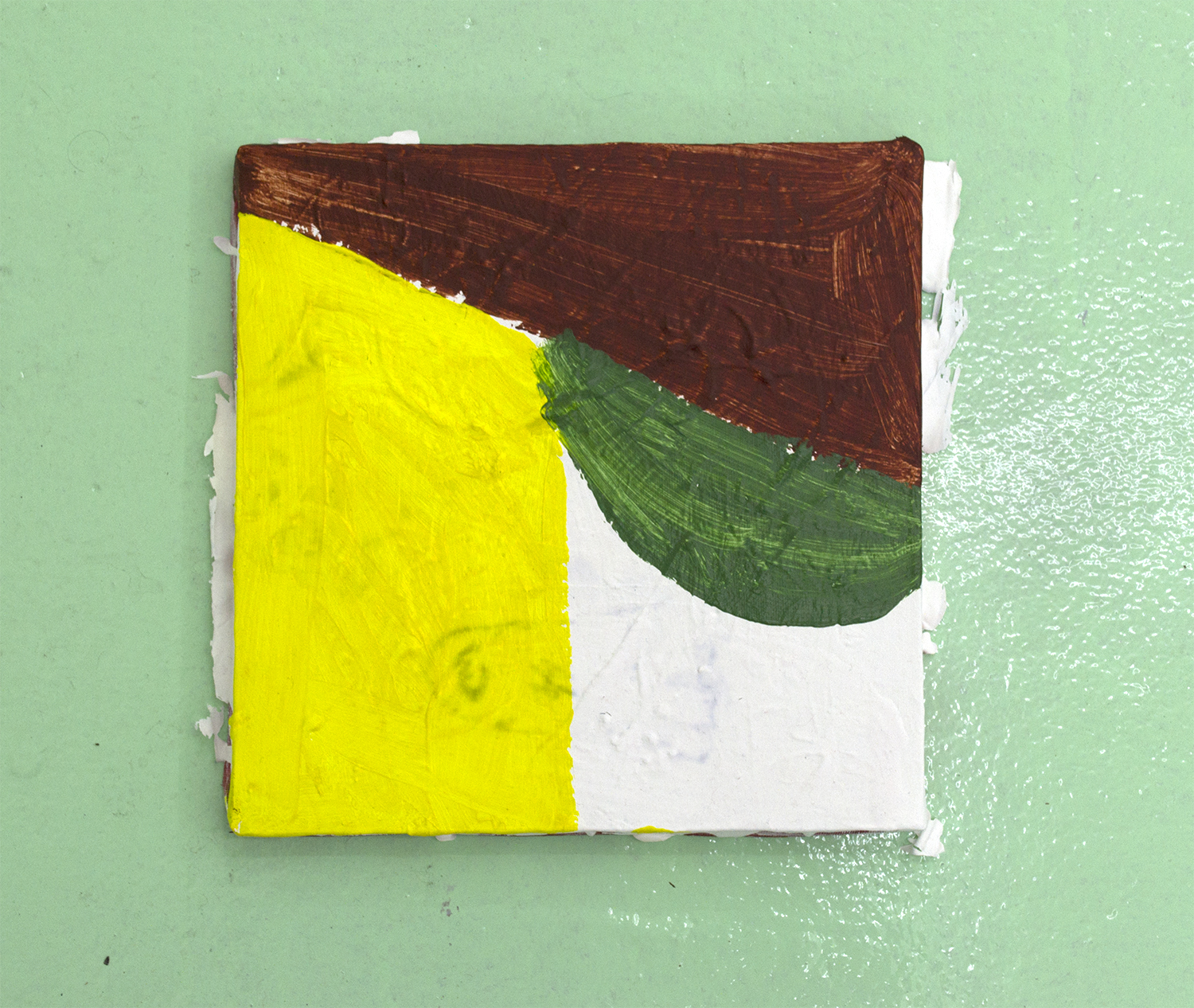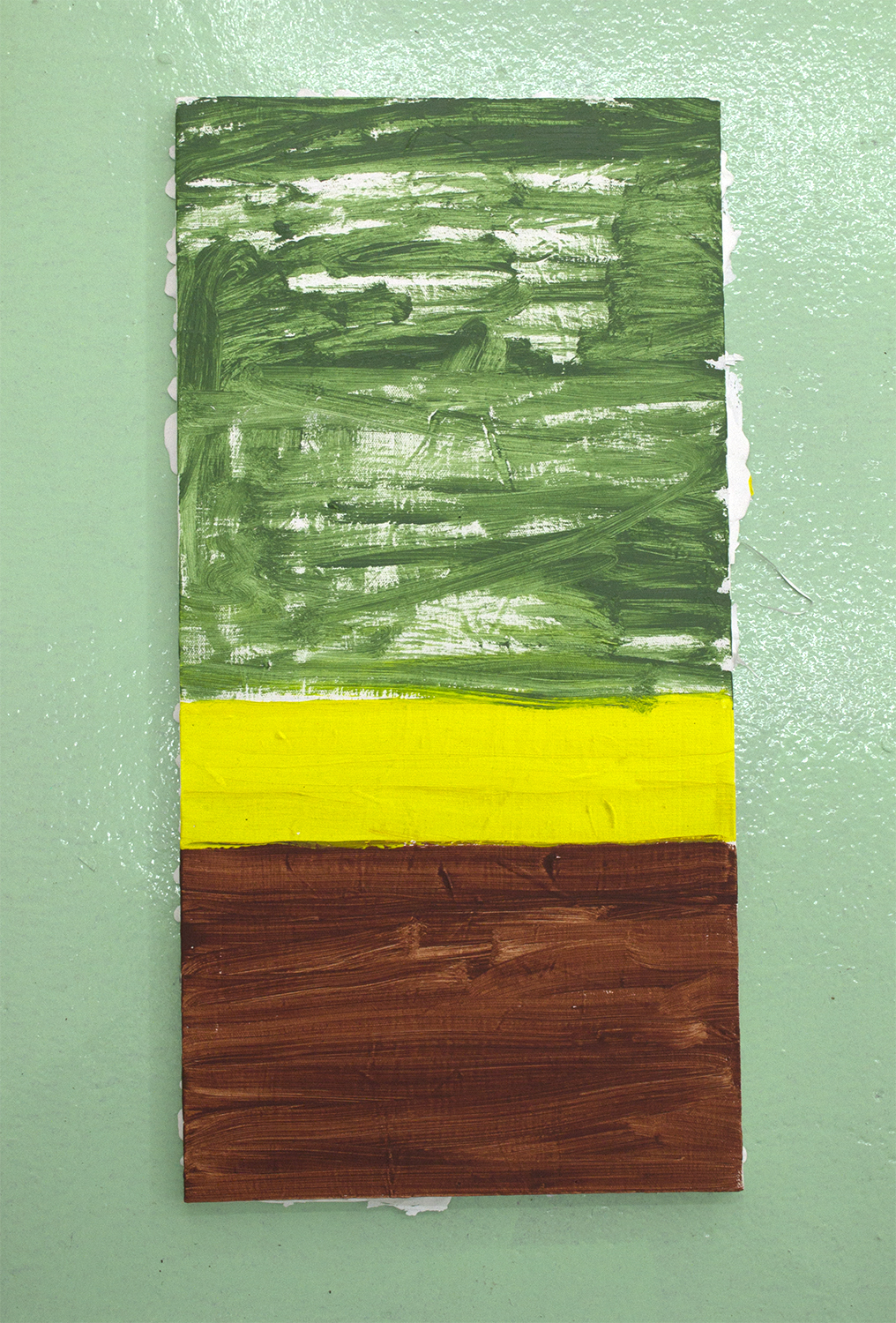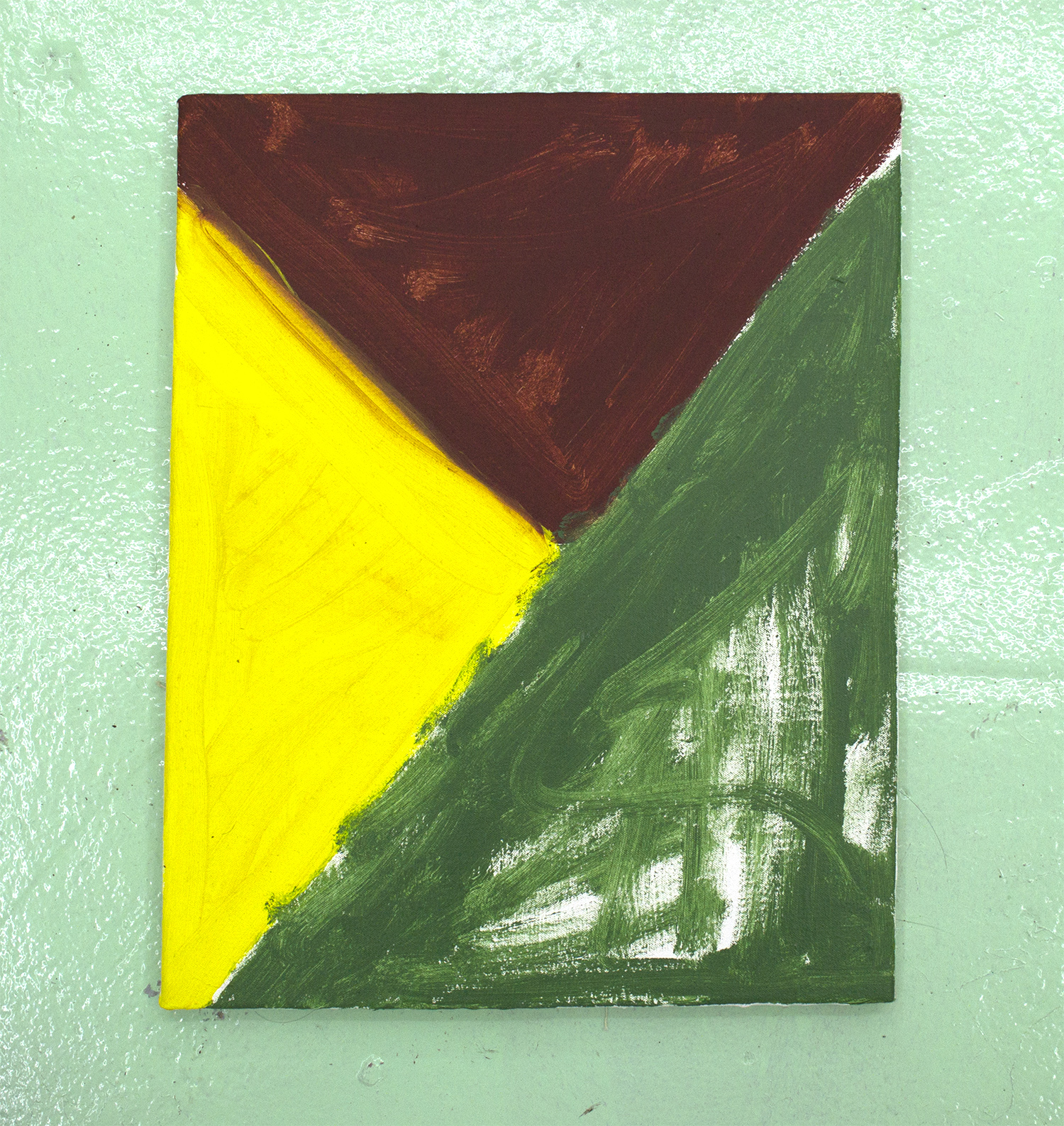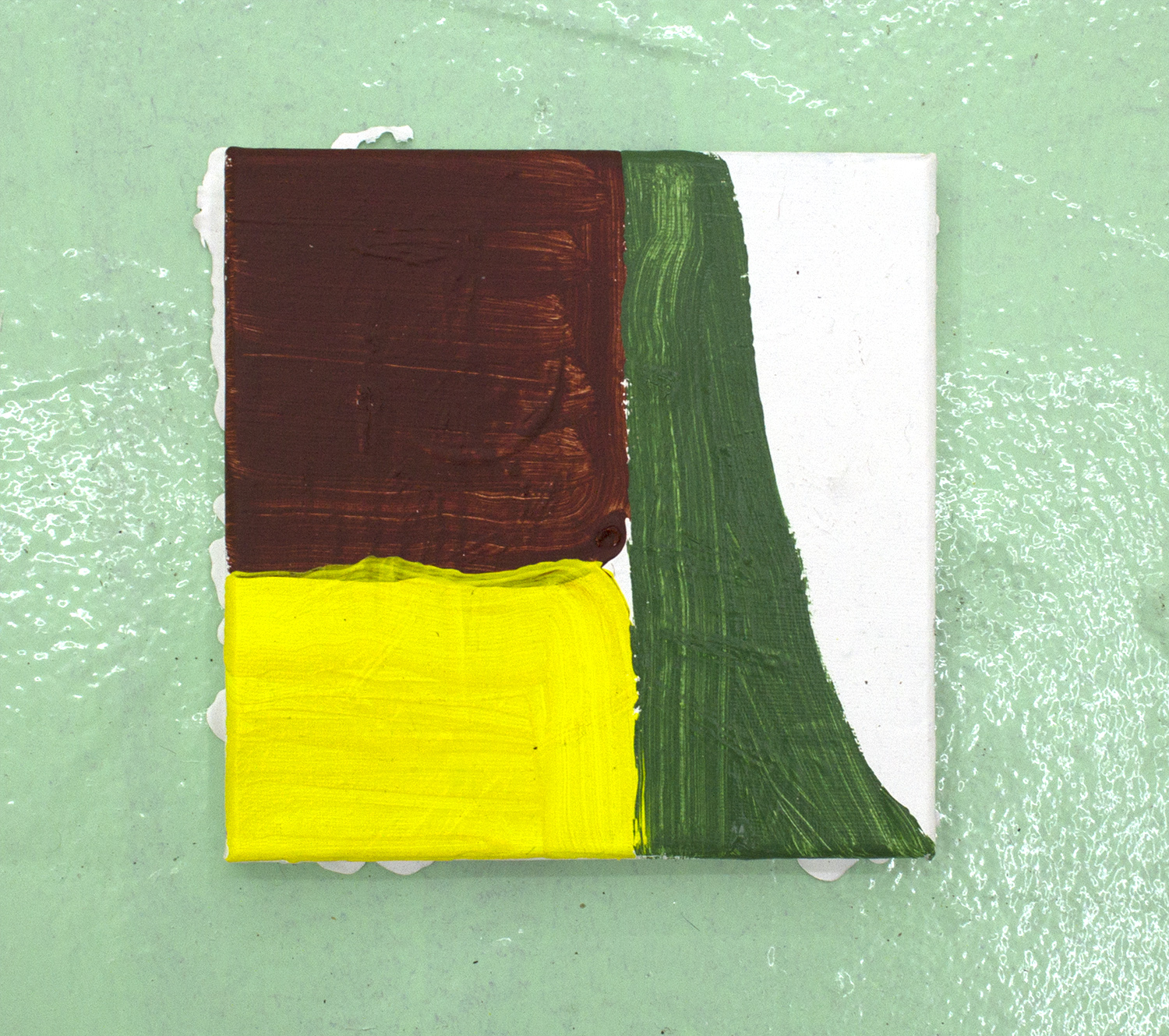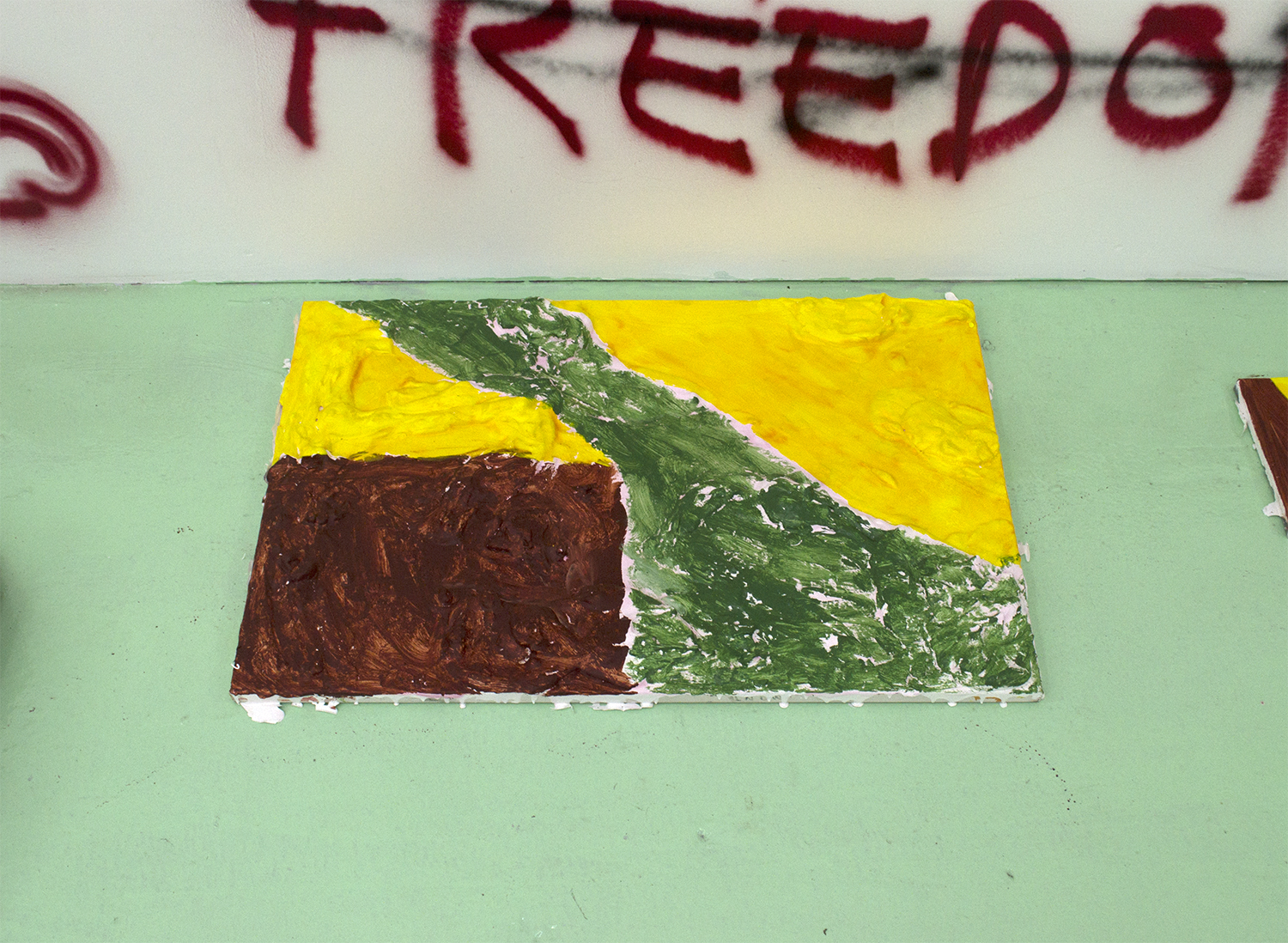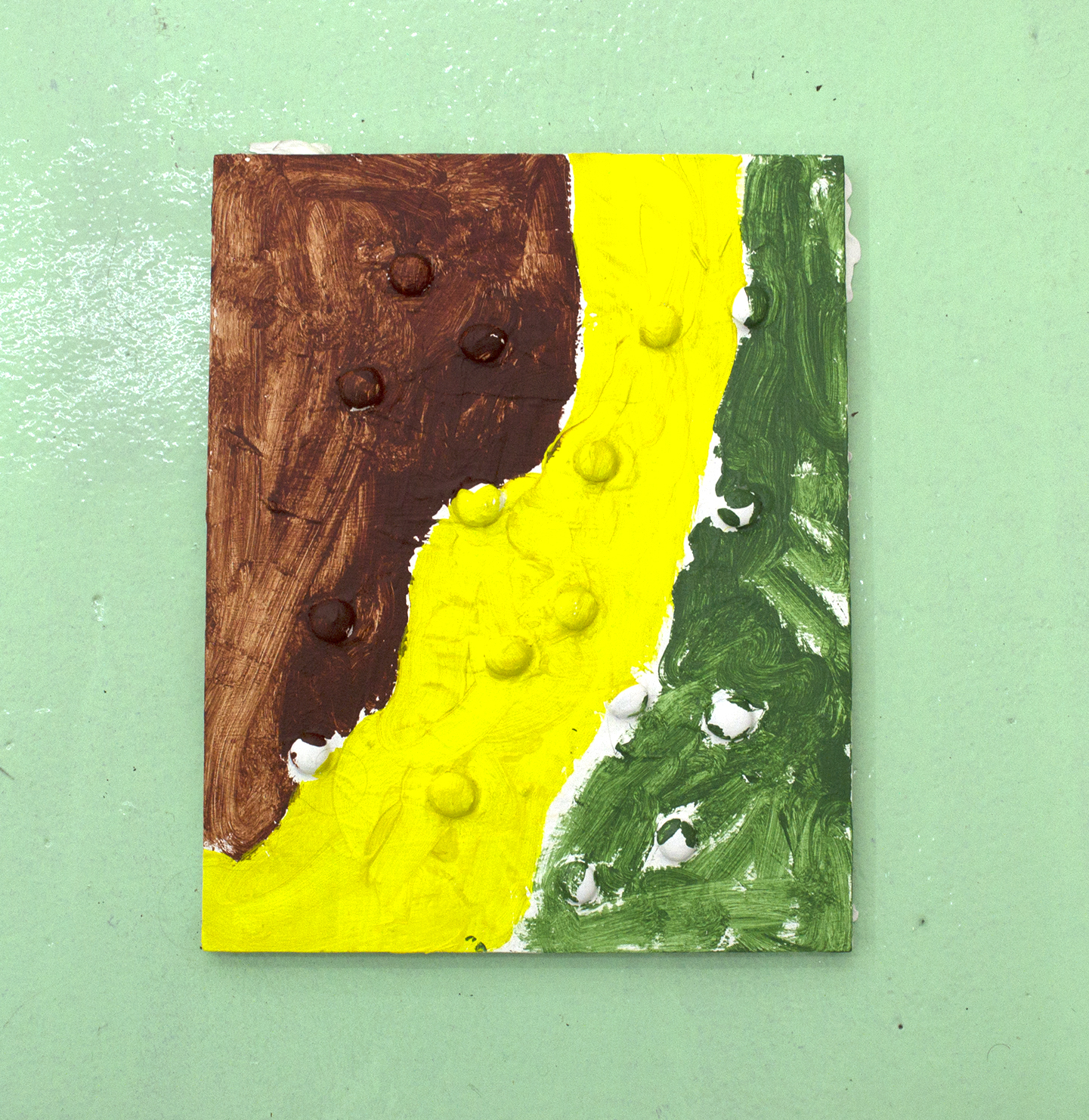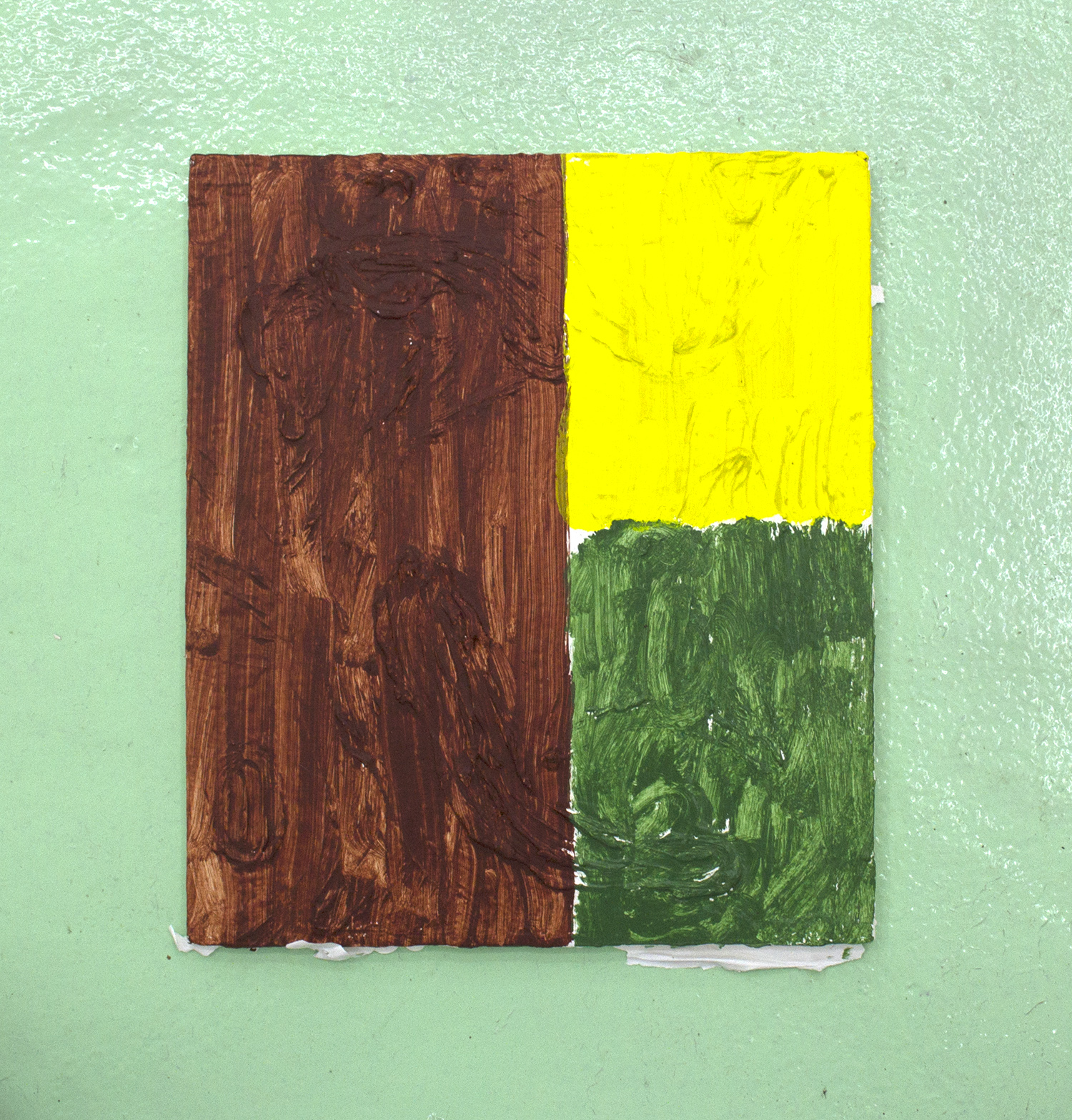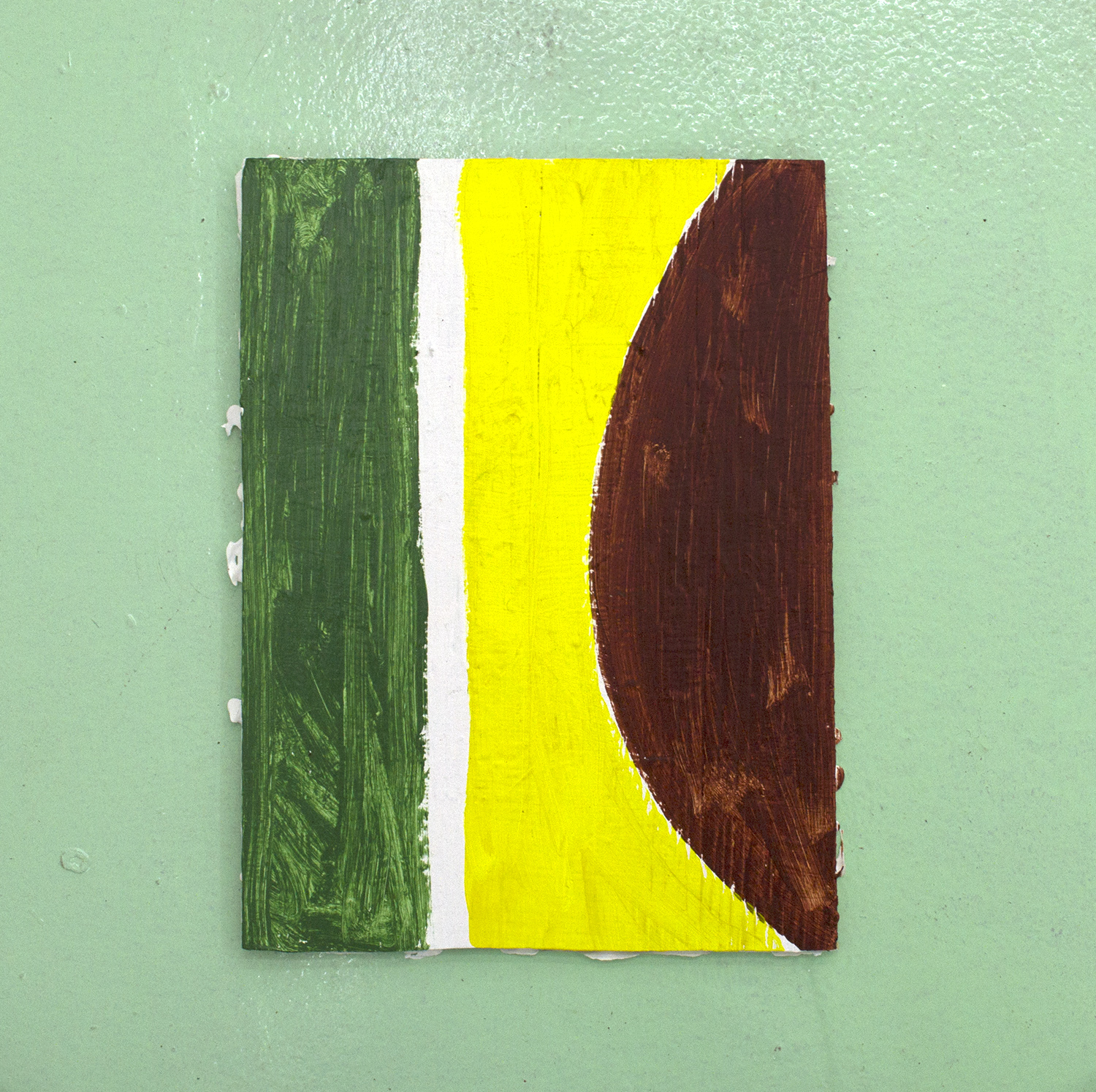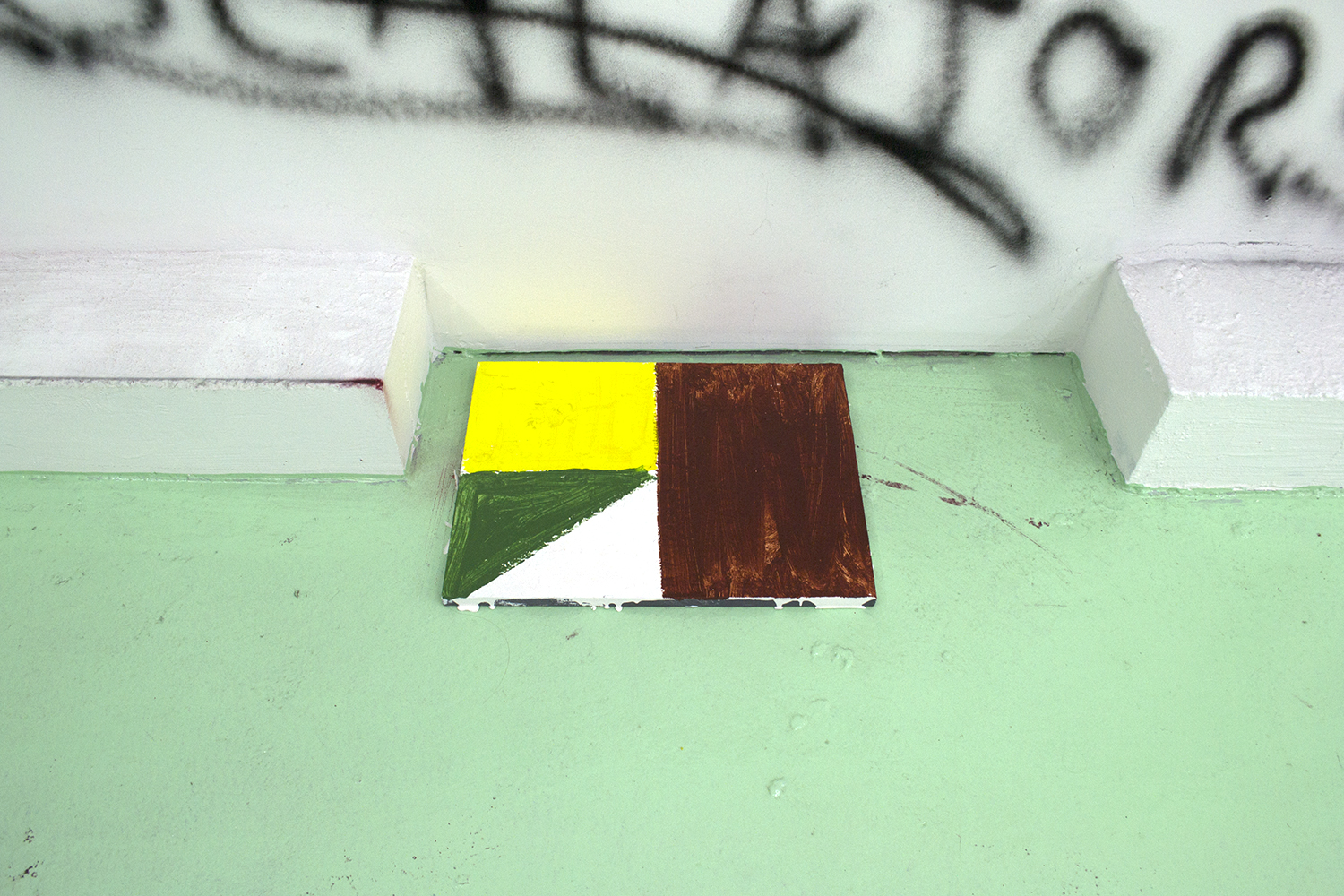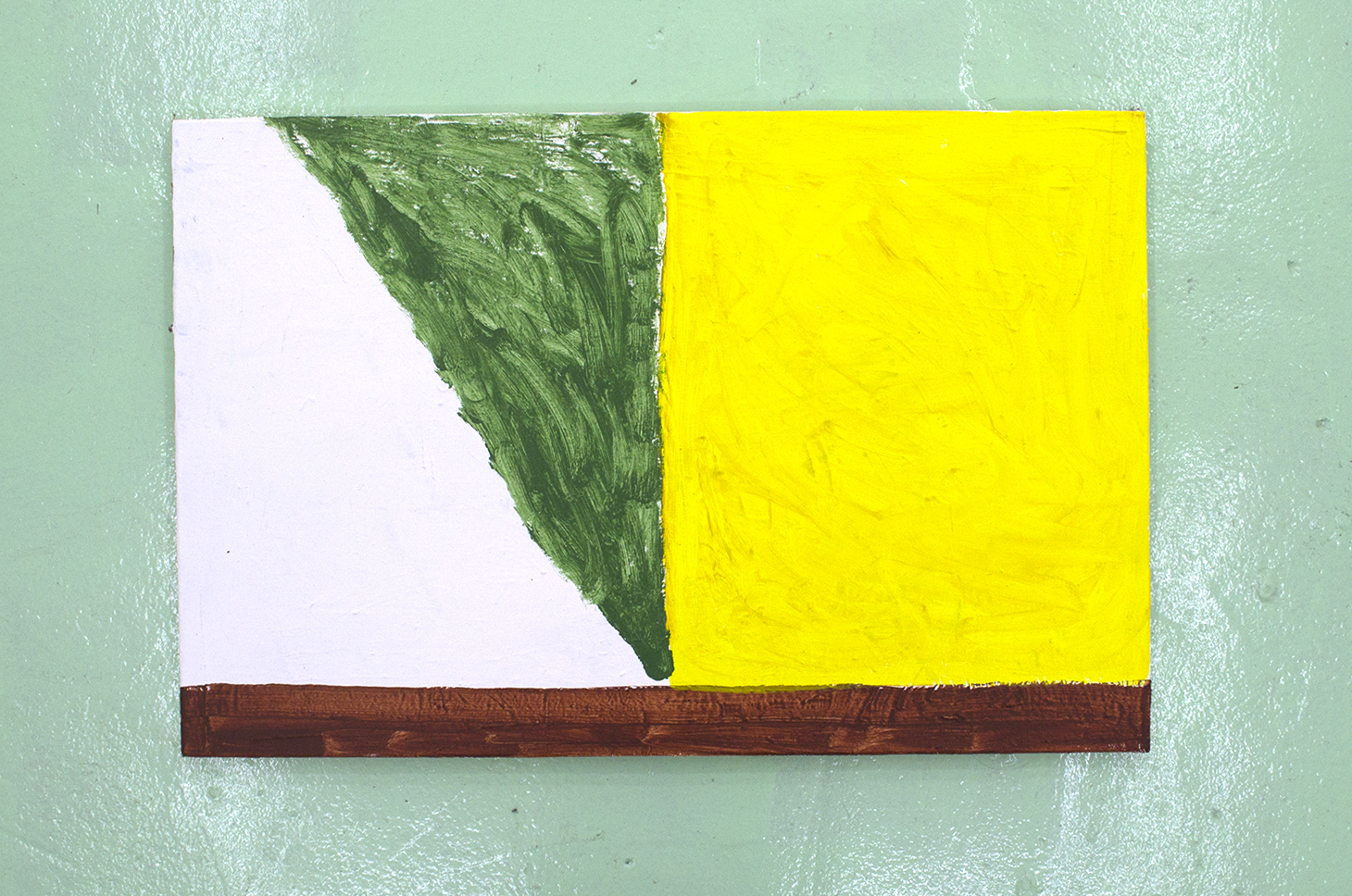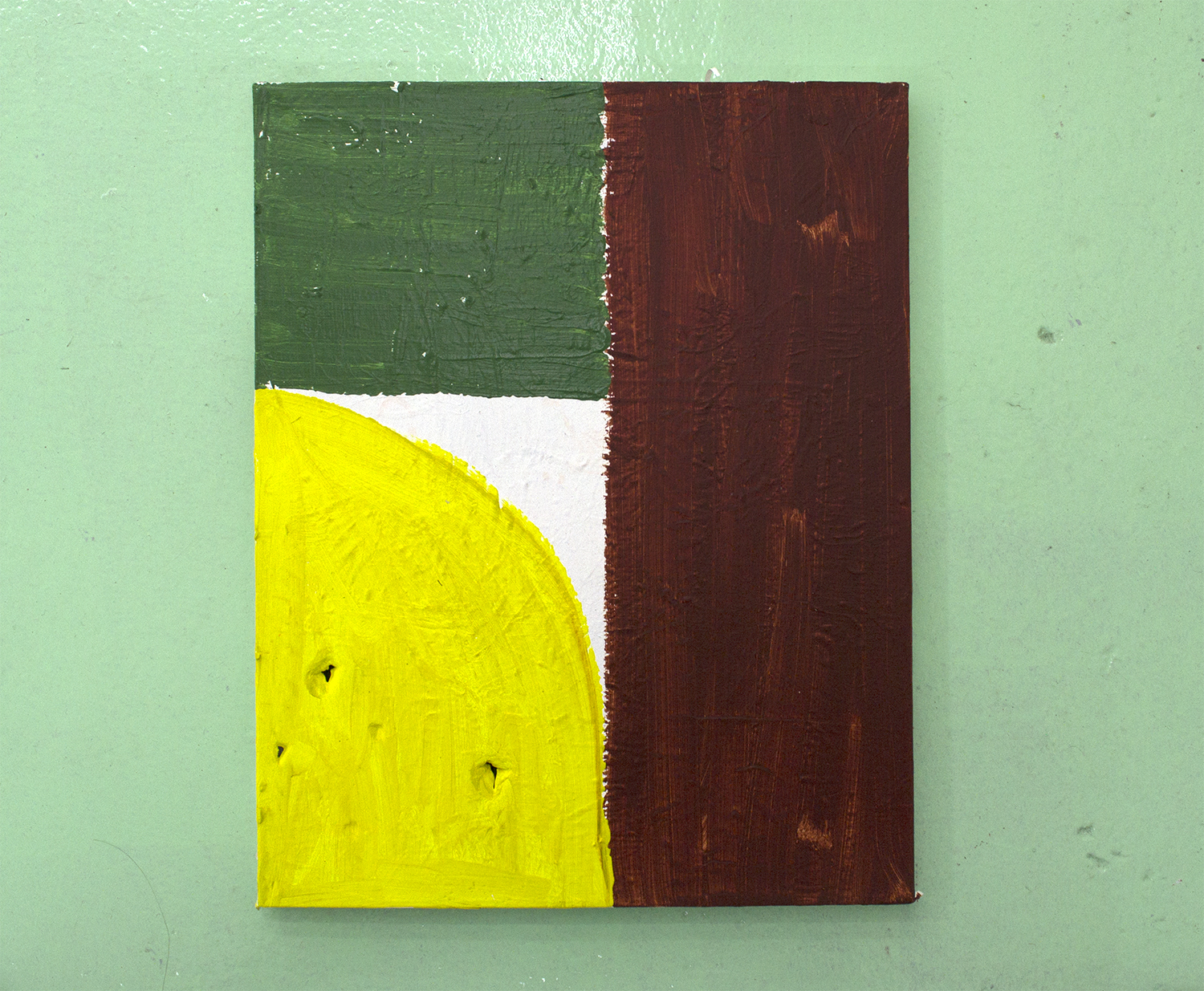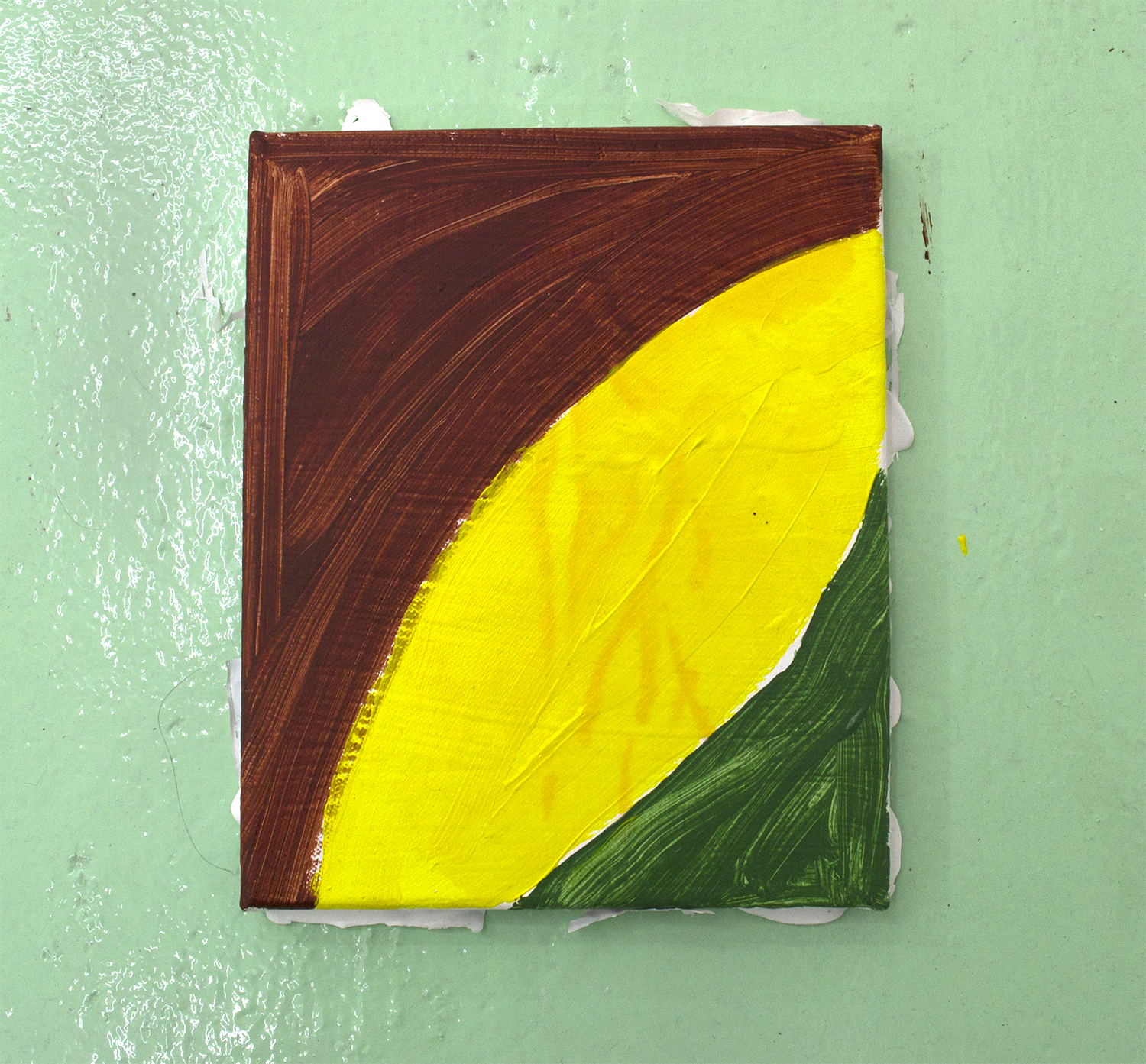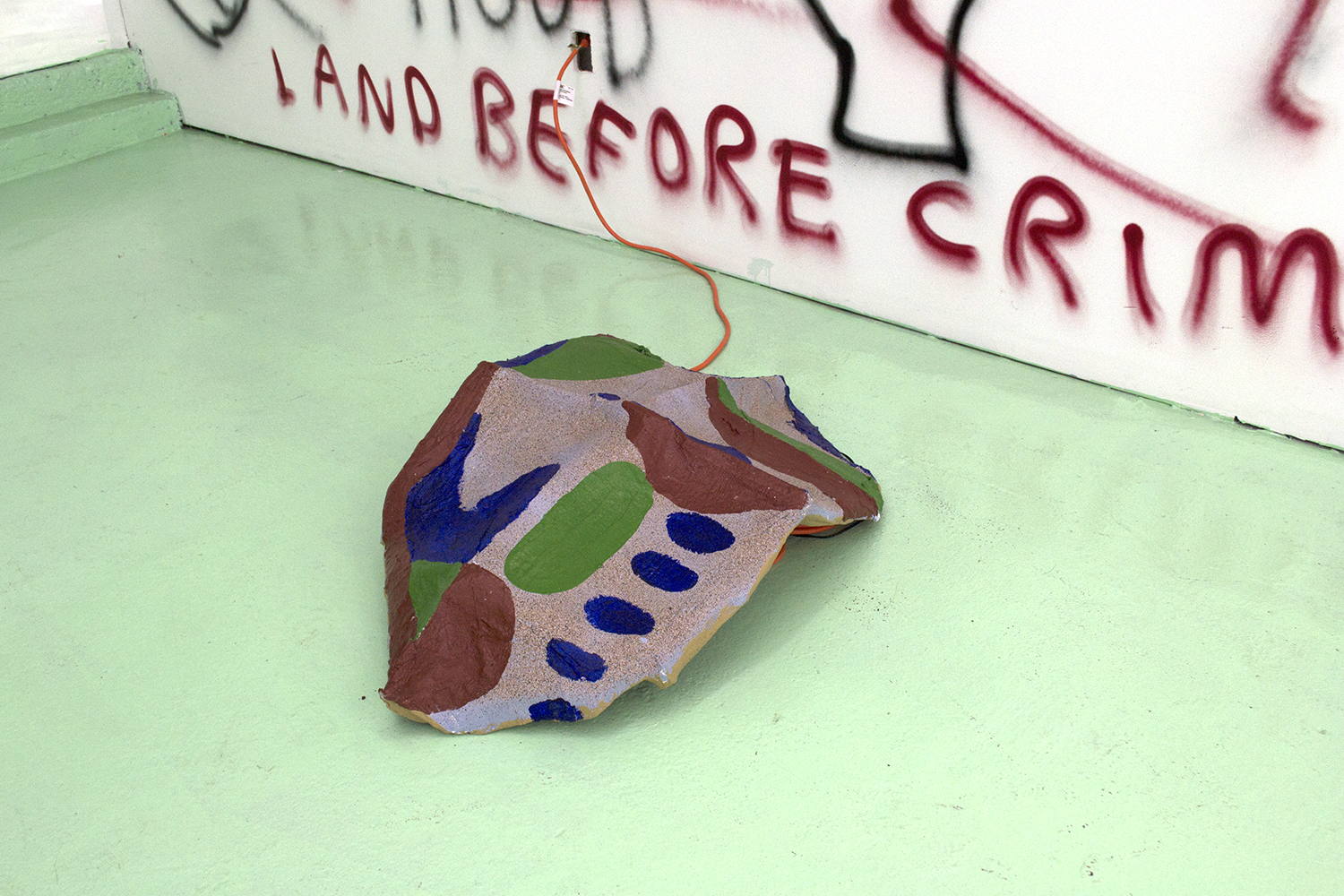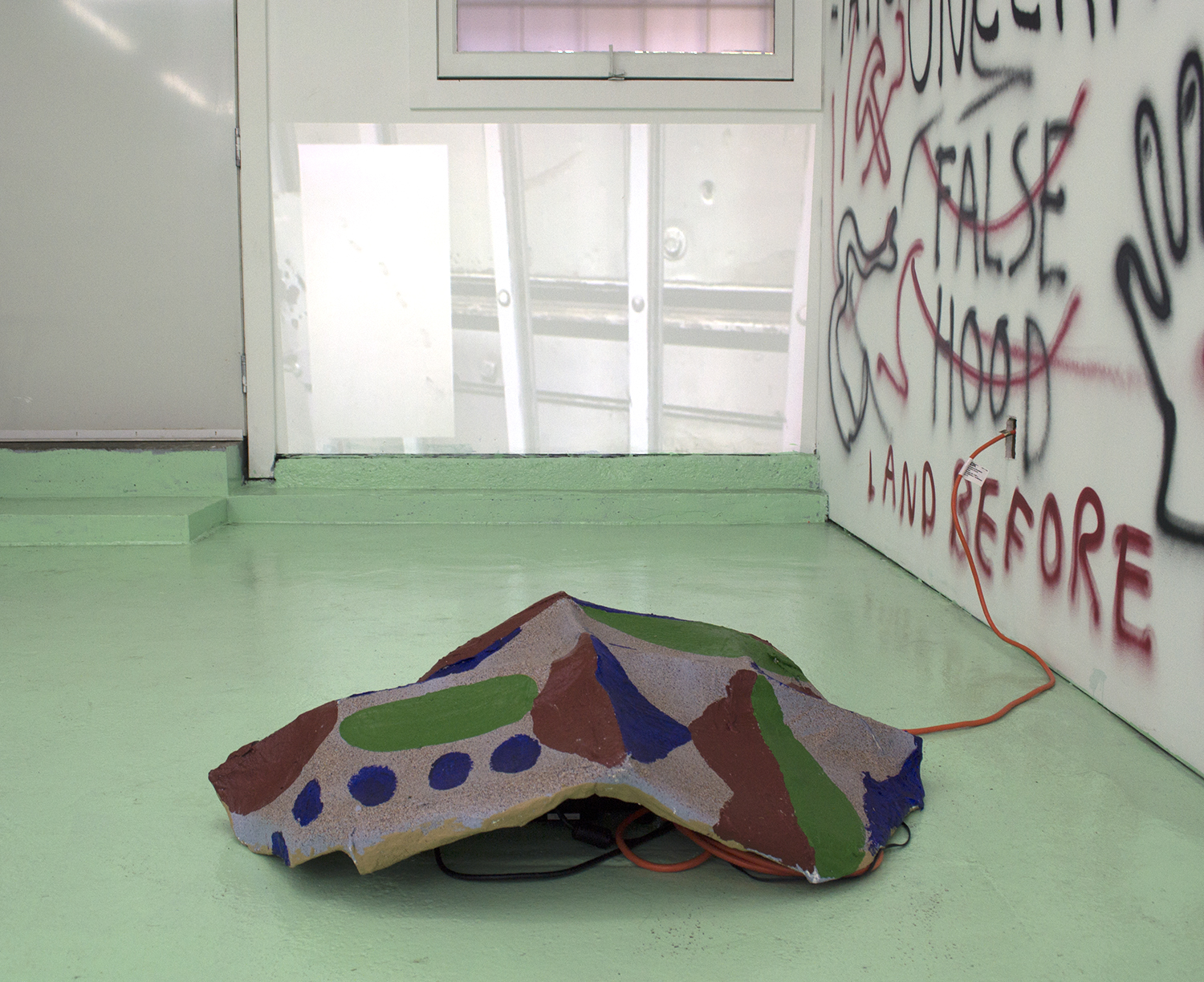PATRICK CRUZ
Quarantine of Difference
Opening: Thurs, Oct 12, 2017, 6-8 PM
Oct 12 – Nov 11, 2017
Turtles are rife with analogie. The turtle shell, the carapace, is repeatedly seen with the comforting promise of grounded-ness, of security, of origin, through the irresistible lens of topographic metaphor, starring in multiple myths and legends. Imbued with the human imagination, the turtle form found itself in various utilizations. Its husk a lyrical instrument of Ancient Greece, a surface adornment of Renaissance furniture, a corpus of etched permanence of old Chinese characters. Its form has conjured varying degrees of morphological inspirations. And at this cultural moment, that of a nomad.
A state of perpetual displacement, movement, and dispossession characterizes a large population of the contemporary subject. If the modern subject was fighting for mobility by assigning direct correlation between freedom and movement, now the movement of bodies and communities, both on local and global scale, signifies the harrowing conditions of survival, from economic to violent displacements. Then we look to turtles with nostalgic eyes, to its promised housing and shelter that will last its lifetime. A feat that have become painfully difficult to achieve for us.
2-a.
In fact turtle shell, being a skeletal structure, outlasts its resident. An opposite impulse happens in the newly risen buildings.
In fact, the turtle’s contract to its residence is anatomically binding. Somewhere in the chain of evolutions turtles have developed a trait that is unique from other tetrapods, which is the encapsulation of the ribcage (the turtle shell) within the shoulder girdle—making the shell something of a permanent backpack. Its vertebral column is fused with the skeletal structure of the outer shell, thus erasing any “intermediate step between the two topologies, the inside and the outside.”[i] That for some reason, turtles underwent a complete topological restructuring to make its shell an extension of its central skeletons. The complete becoming-of-an architecture, there is no clear demarcation of inside or outside of the shell. Is that a promise of permanence, the comforting assurance of residence?
The plastron, the turtle’s flat underbelly, has invited the practice of writing, of inscription, as oracle bones. It held the function of divination. Divination as a navigation tool.
Encasing the early cities were walls. Now the modern city builds textual walls that demarcate neighbourhoods and geography through branding and rebranding. Banners billowing on streetlamps are soft walls, harbouring clear messages of promised affluence, colourfully decorated slogans and nomenclatures. The city walls no longer define security. It demarcates a surplus of ambiguous wealth, that which flows over the city limits.
In contrast to these walls enforced by civic and urban planning, we remember the disparate textual walls that scatter the city, inaugurated by its residents, situated on the opposite end of spectrum of glass, concrete, and metal surfaciality. The emptied husks of homes, storefronts, units, boarded up panes, construction walls, open up as a surface for a temporary public forum until the final ring of the wrecking ball: texts, drawings, signatures, pasted posters communicate frustration, anxiety, or just random thoughts.
A turtle’s home is self-contained. Yet, it still needs a site. When turtles sleep they wedge themselves in between rocks to be anchored. Even though some of them (mainly youngsters) do opt to float near the surface of the water.
When it comes to sleeping, security of having one’s own shell is not a complete promise: turtles, too, are nomadic wanderers, subject to topographic shifts of the ocean floor.
So both site and architecture is key to what makes a home. And mind you, not only that, it must come with a third element: embellishment. Identity holds a direct correlation to embellishment. Without the weight of decoration we are swept away in the current of anonymity. We hang paintings in our homes.
7.
Home turf:
The floor in a synthetic green is sprinkled with paintings that used to adorn the walls of a suburban family home of the artist. The canvases are re-painted in abstract colour planes, a methodology of overwriting that effectively erases previous content. Using colours that are coded as landscape-y hues, the paintings populate the floor like plots of land, doubled with an uncanny resemblance to flags. The landscape painting becomes the embodiment of the idea of land, LAND-SHIP*. (Etymology of landscape coming from the Dutch tradition, land + scap, which means -ship, denoting the condition of being land.) Now the pressing matter at hand is not a depiction but the presentation of land as the physical space it occupies. And when collectors and patrons buy each canvas, their ownership pointedly recognizes its similitude to land ownership……
8.
A waning anecdote:
not too long ago, wading in the shallow waters on the eastern coast, golden rims continually lapping against my legs, I bent over the oxidized iron sands and saw a hoard of hermit crabs. I was able to observe that hermit crabs, unlike turtles, were on the move between shells necessitated by bodily growth. And that the ones that have failed in this competitive search resort to emergency measures. One hermit crab took to an severed claw of a crab. The elongated and flat shell proved highly un-hydrodynamic, getting repeatedly caught in the current. Later I read that displaced hermit crabs form a vacancy chain. When a crab finds a new unit, the old unit becomes available, and the next crab in line takes it, leaving behind its unit, and so on. An economy conditional on the promise of influx of migration and mobility. The picture isn’t ideal; it’s a competitive chain, thus the claw hermit crab. Migration understands necessity and desire and failure. We are also waiting on a chain in crisis.
[1] Nagashima, Hiroshi et al. “Comparative Study of the Shell Development of Hard- and Soft-Shelled Turtles.” Journal of Anatomy 225 no.1 (2014): 60-70.
Text has been published in conjunction with PATRICK CRUZ, Quarantine of Difference, Oct 12 – Nov 11, 2017
